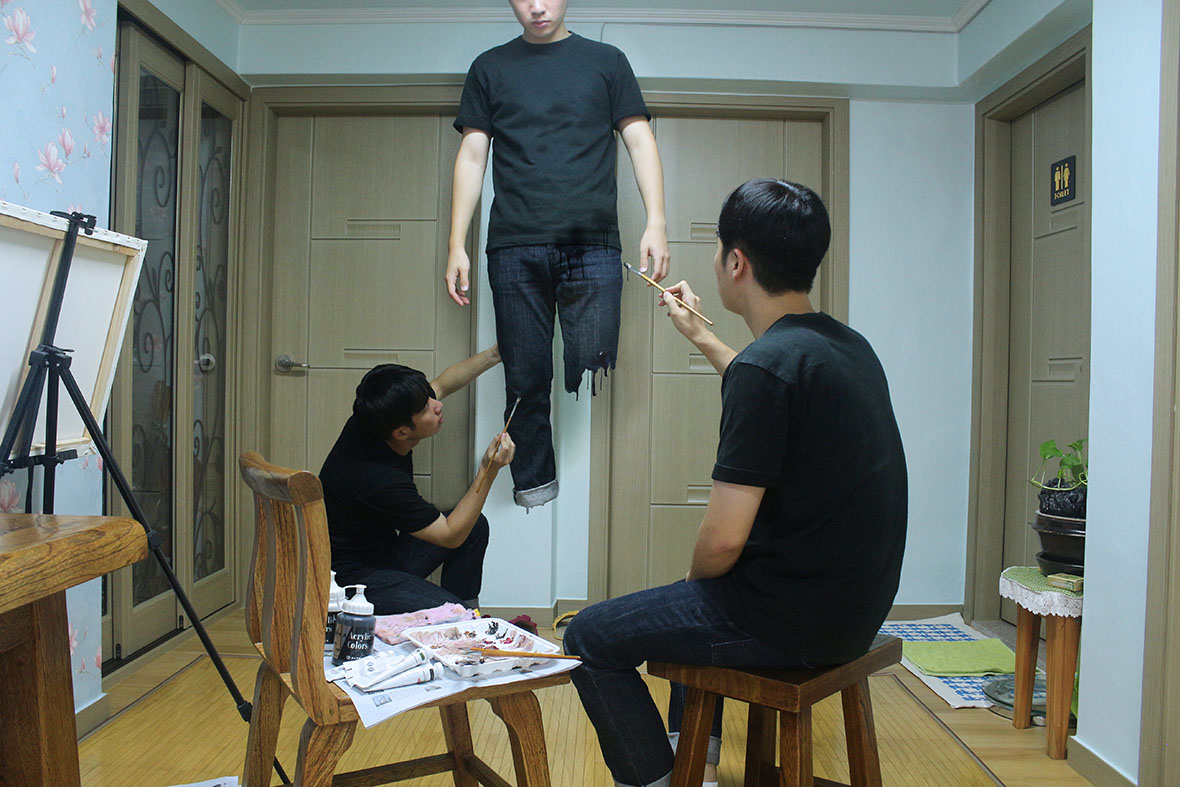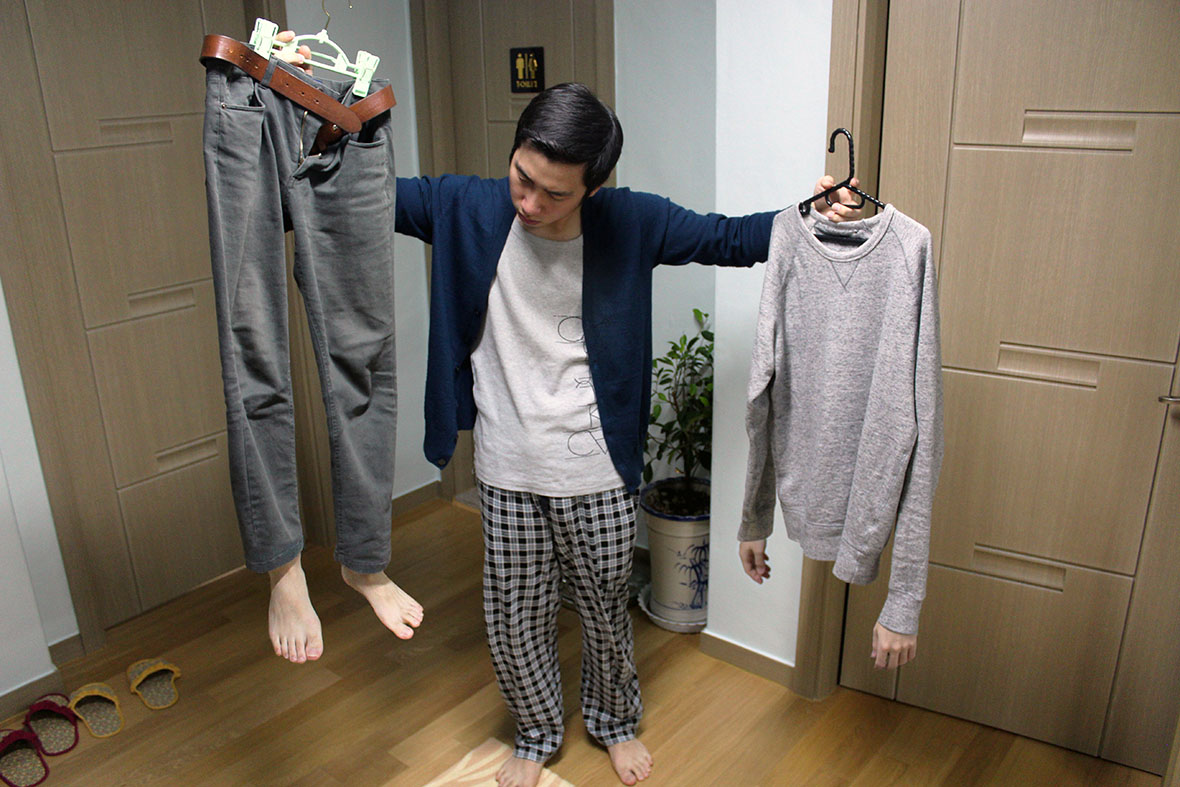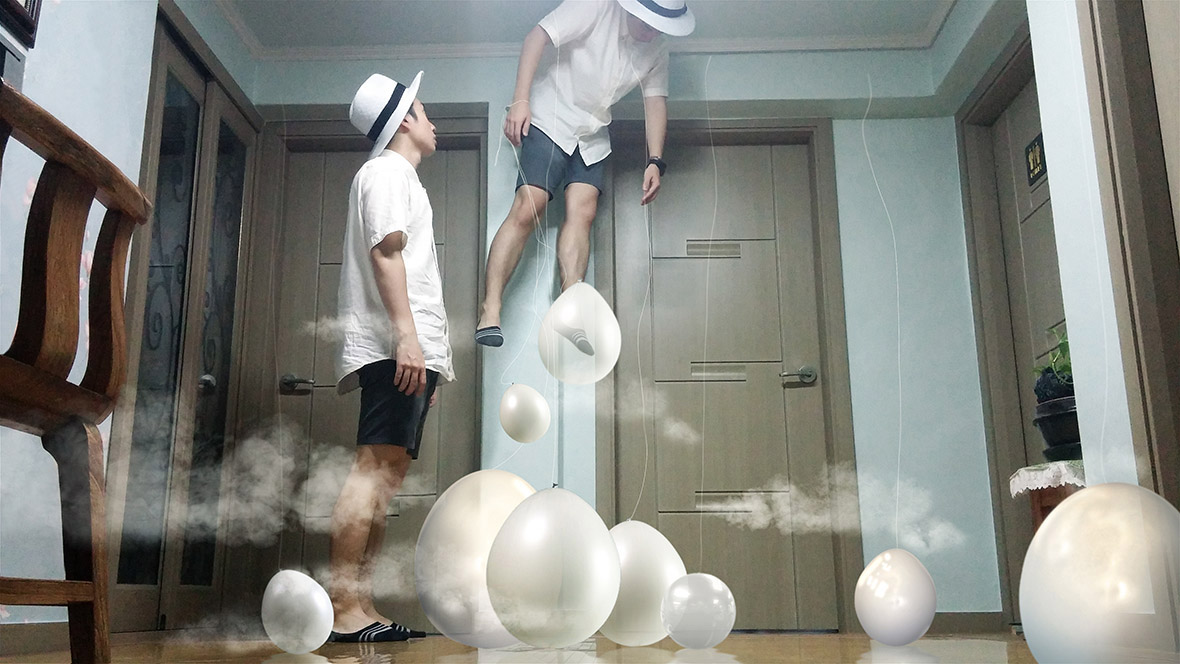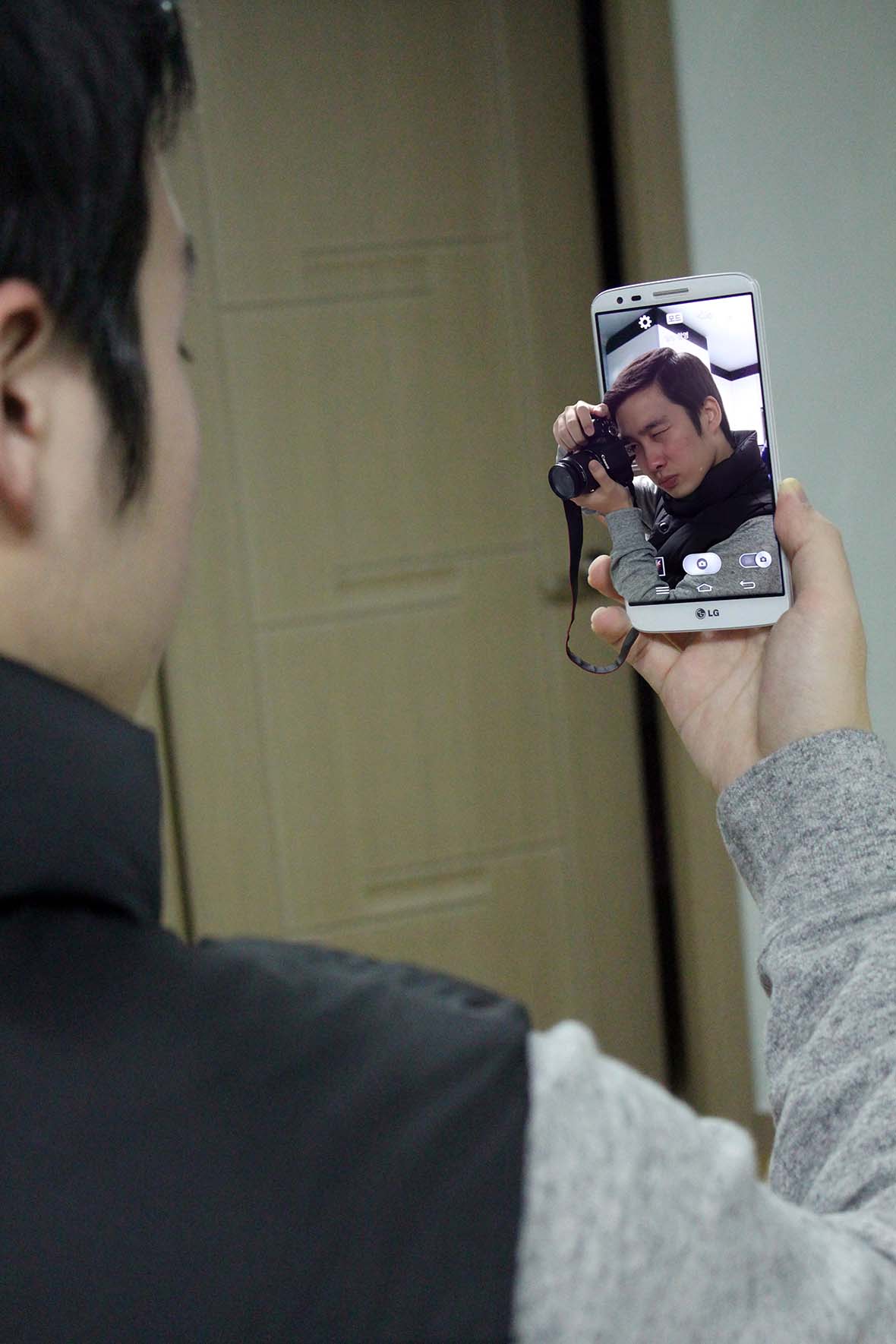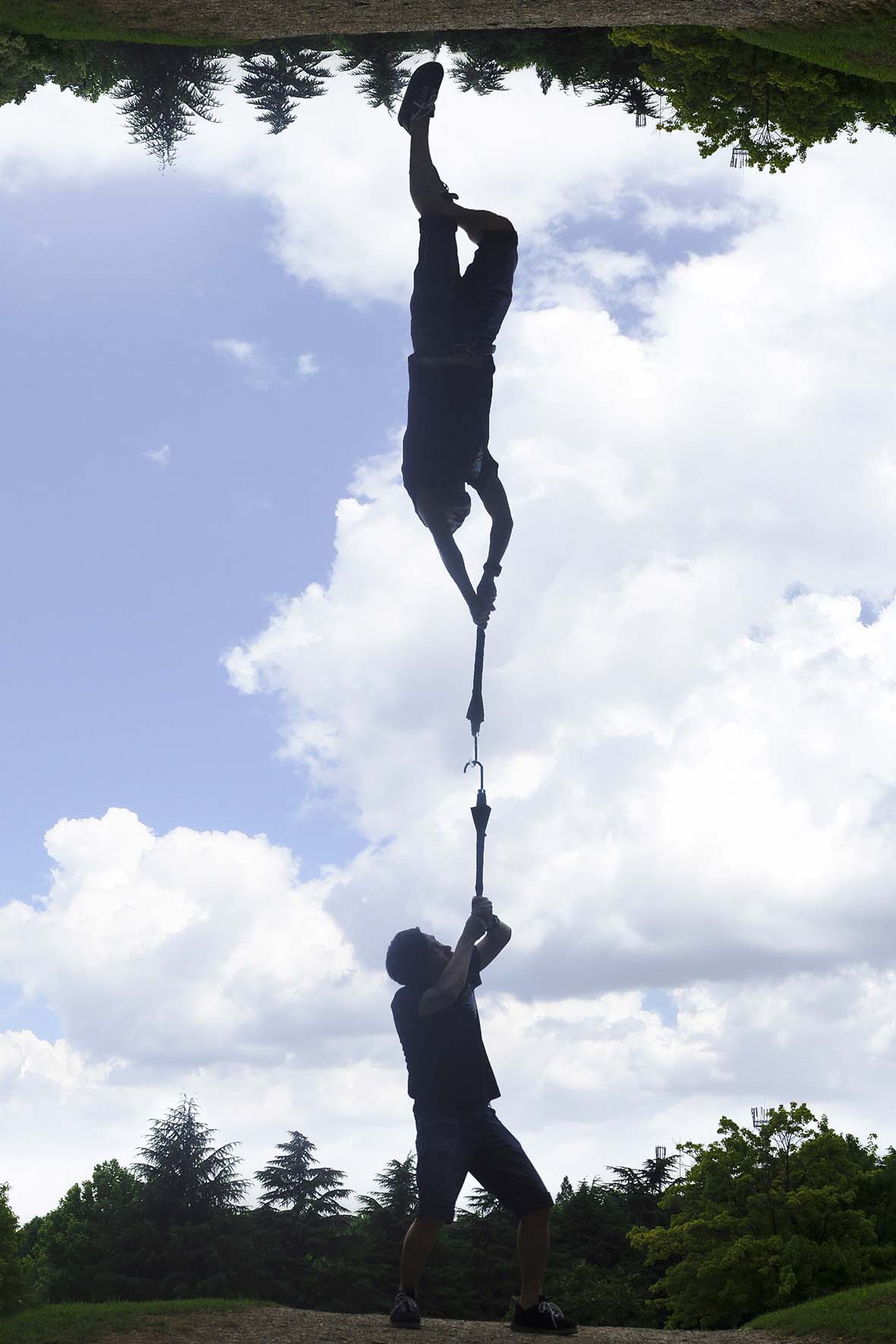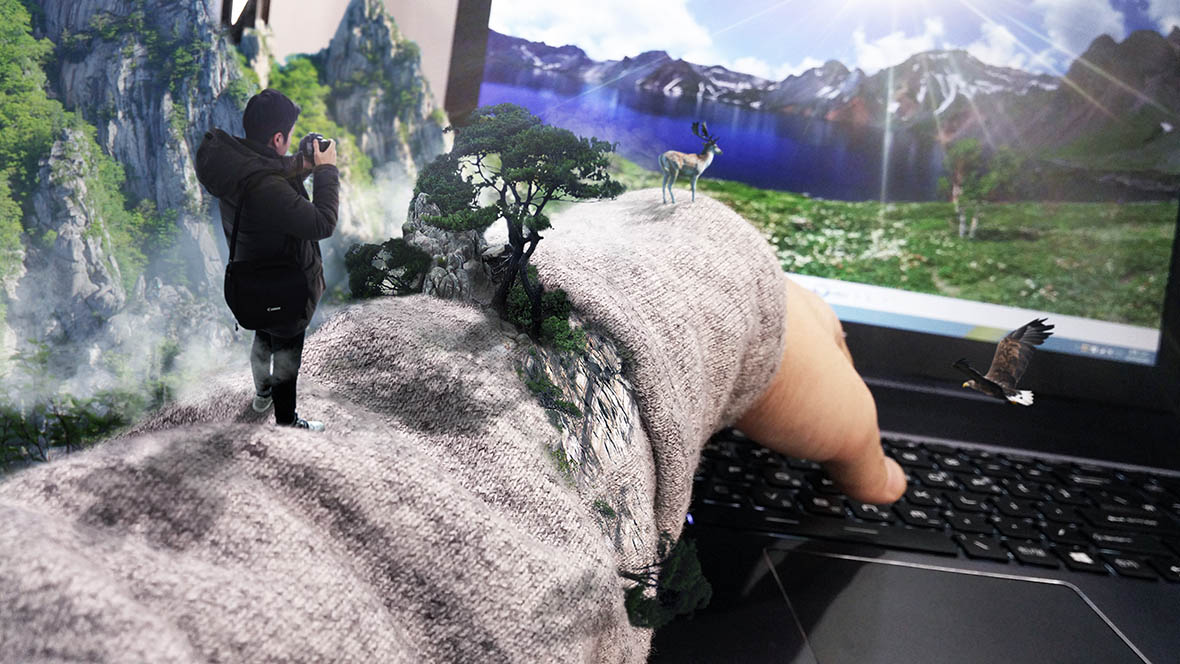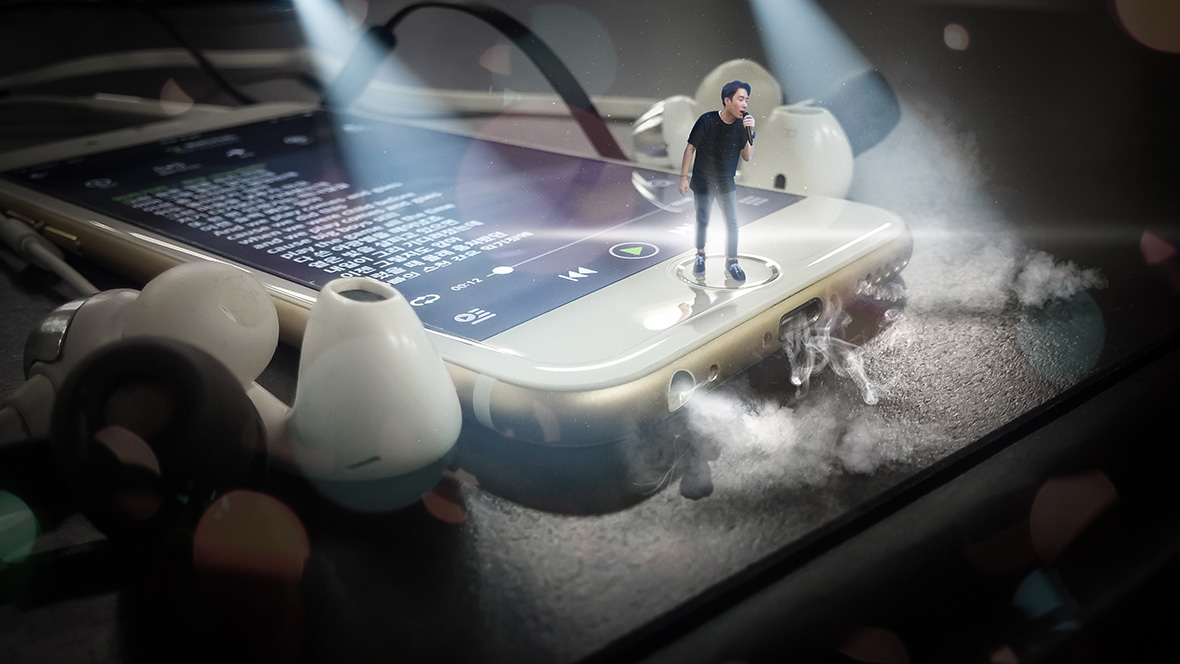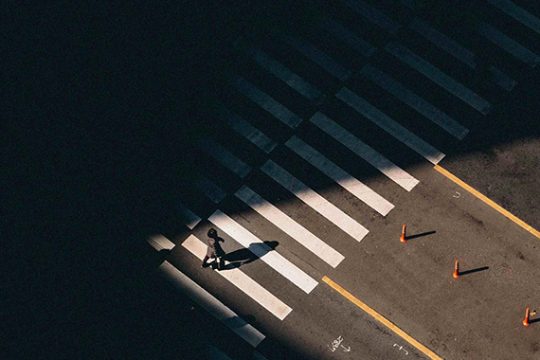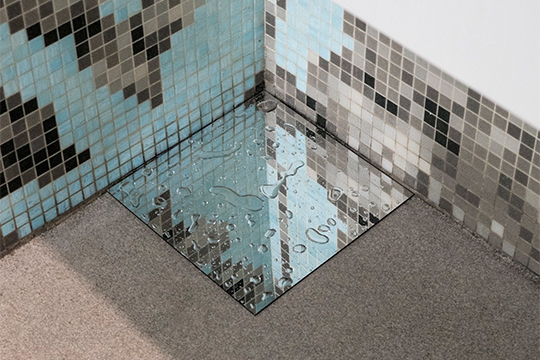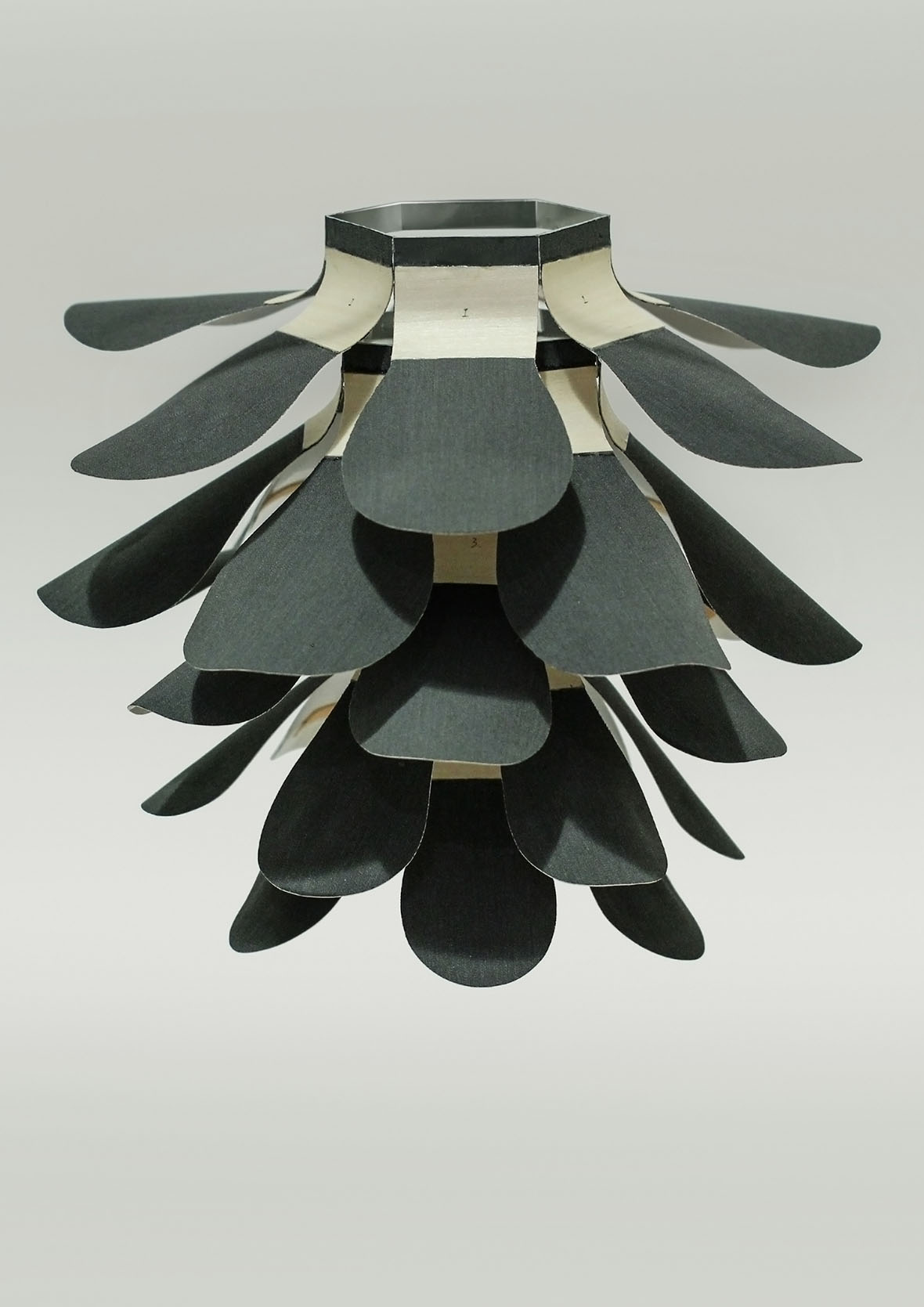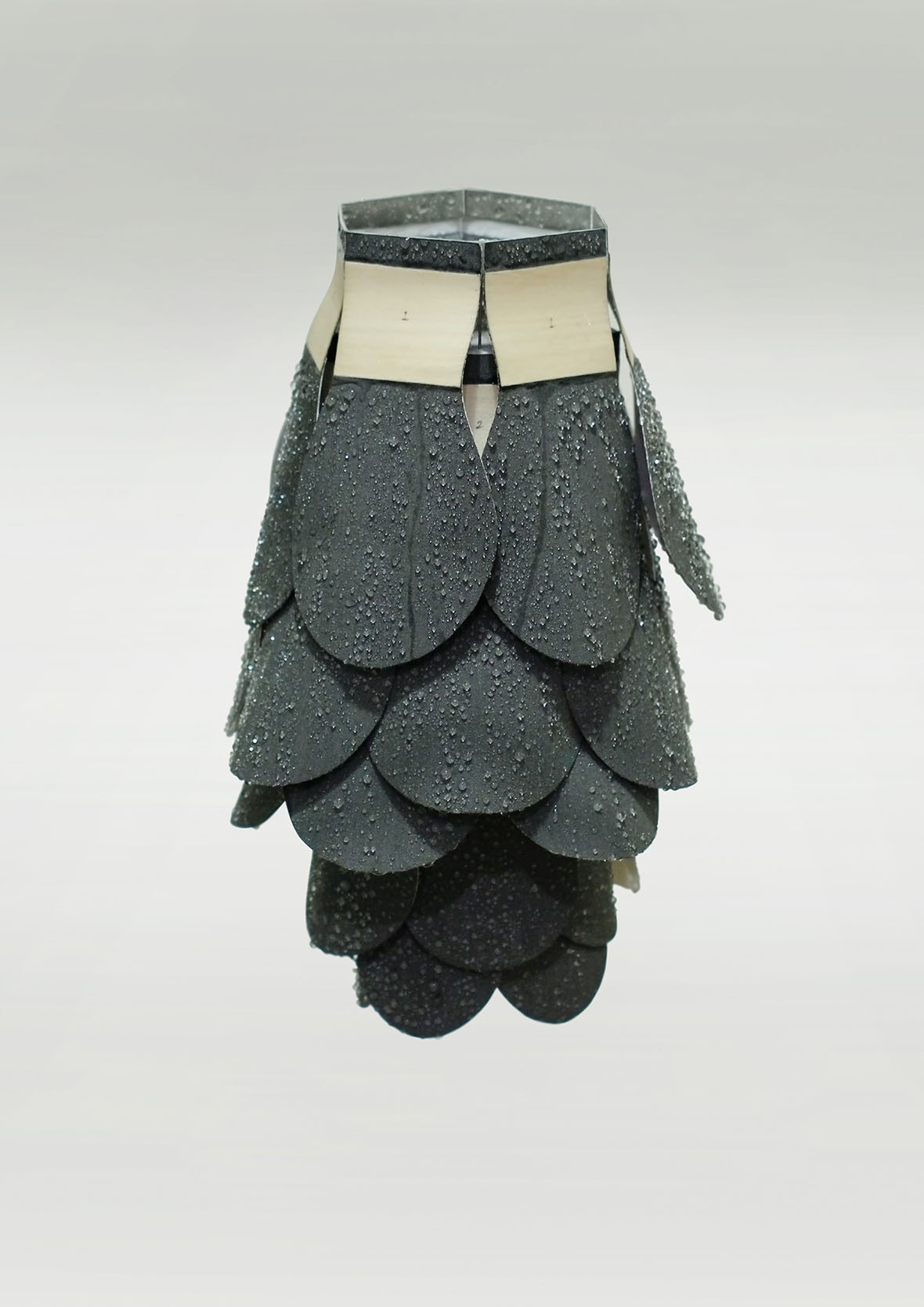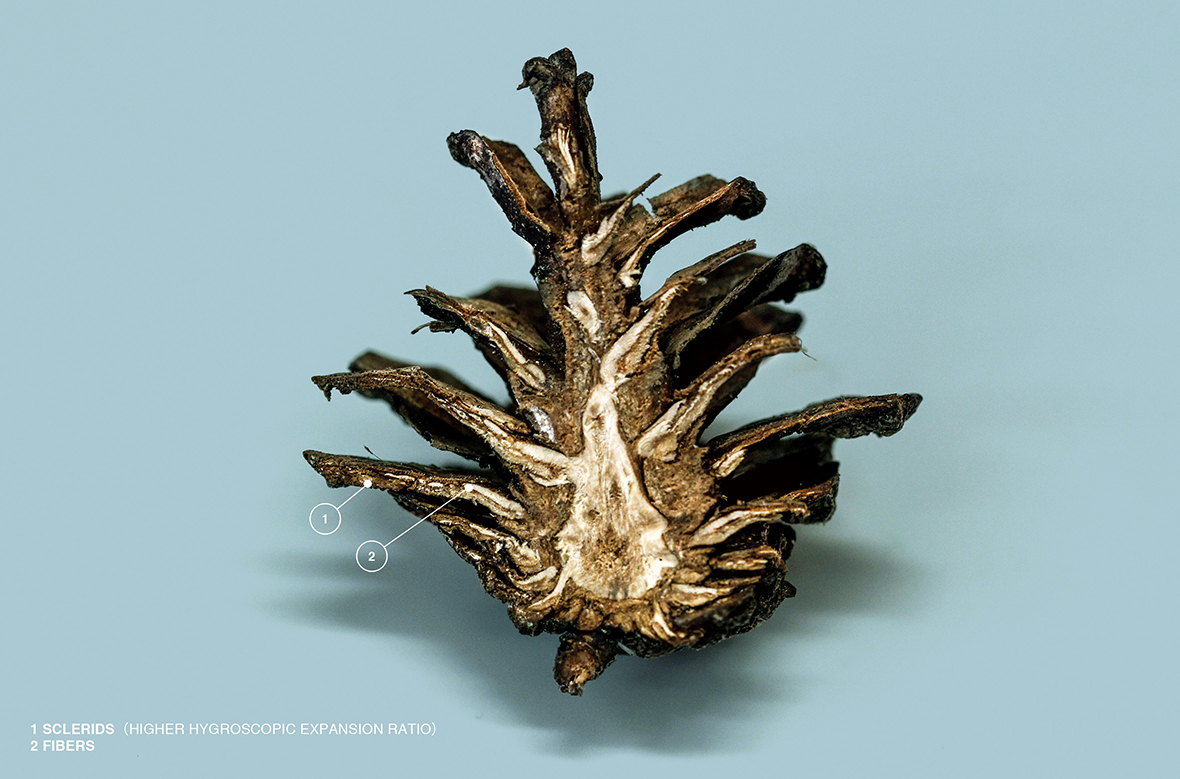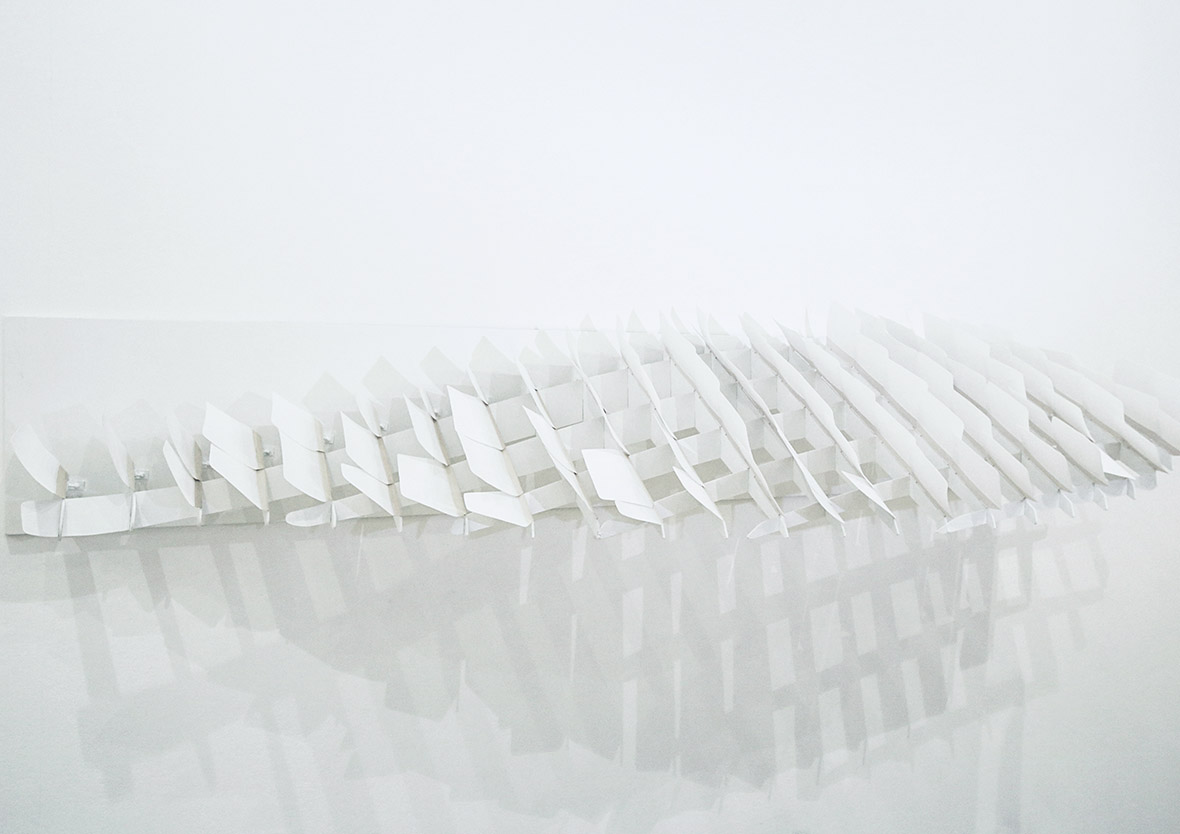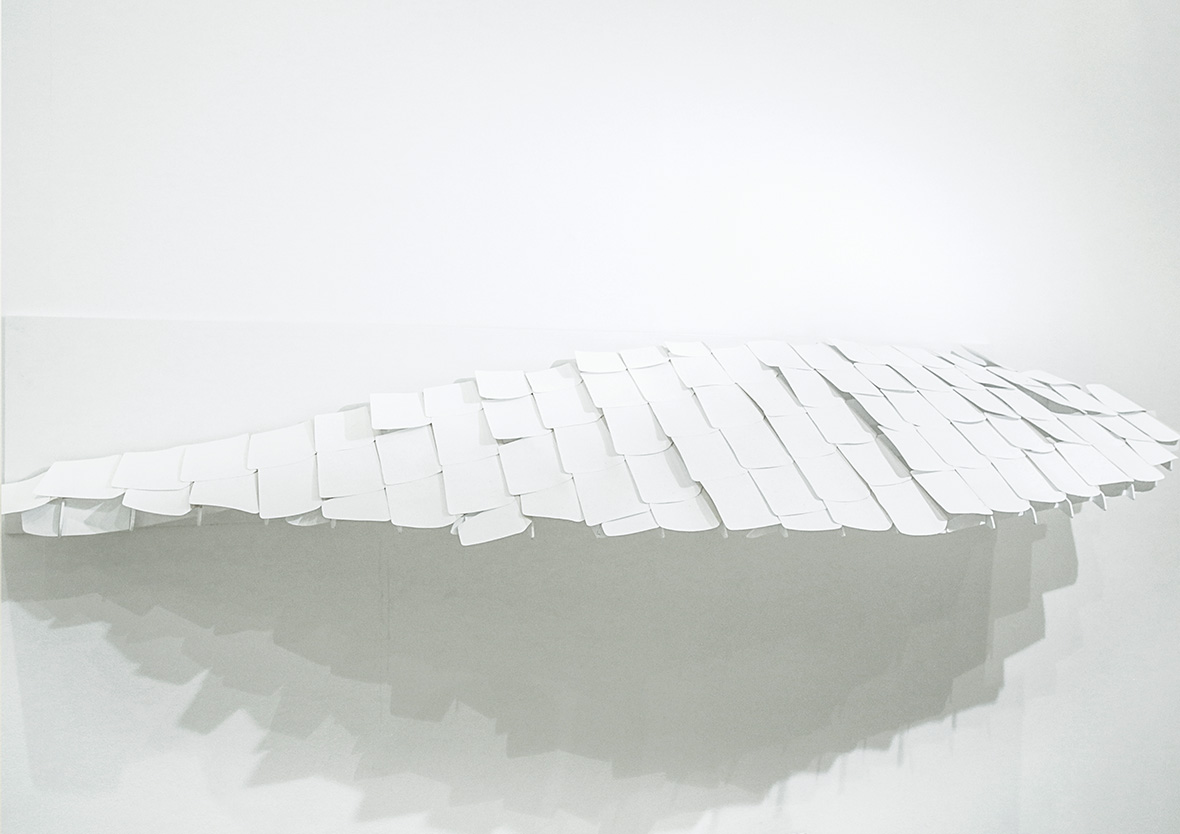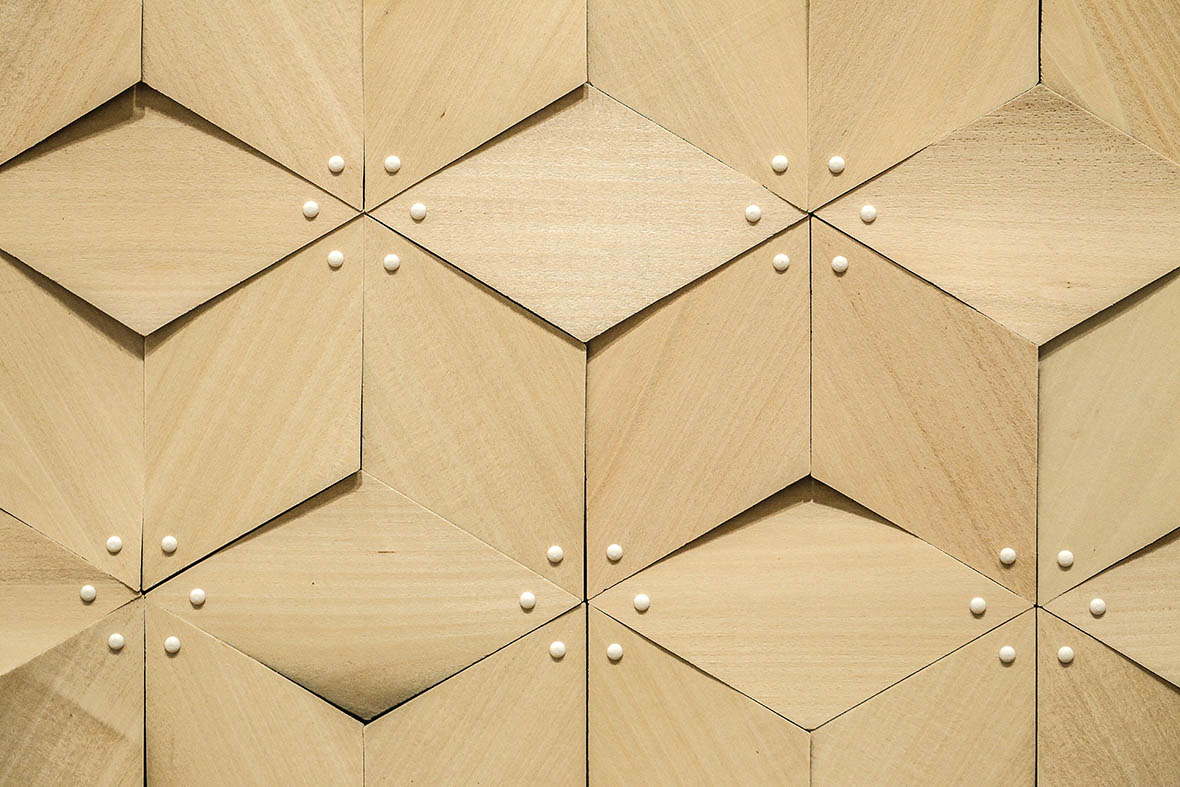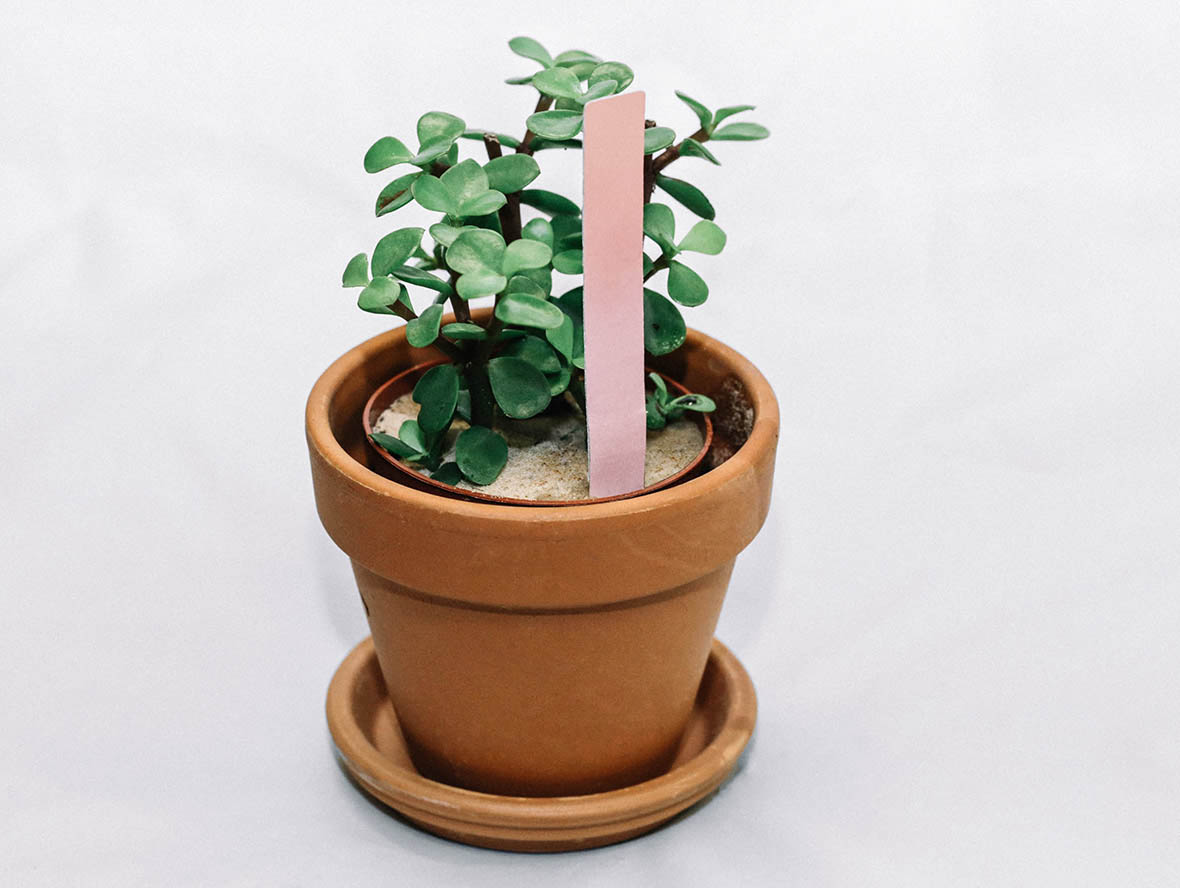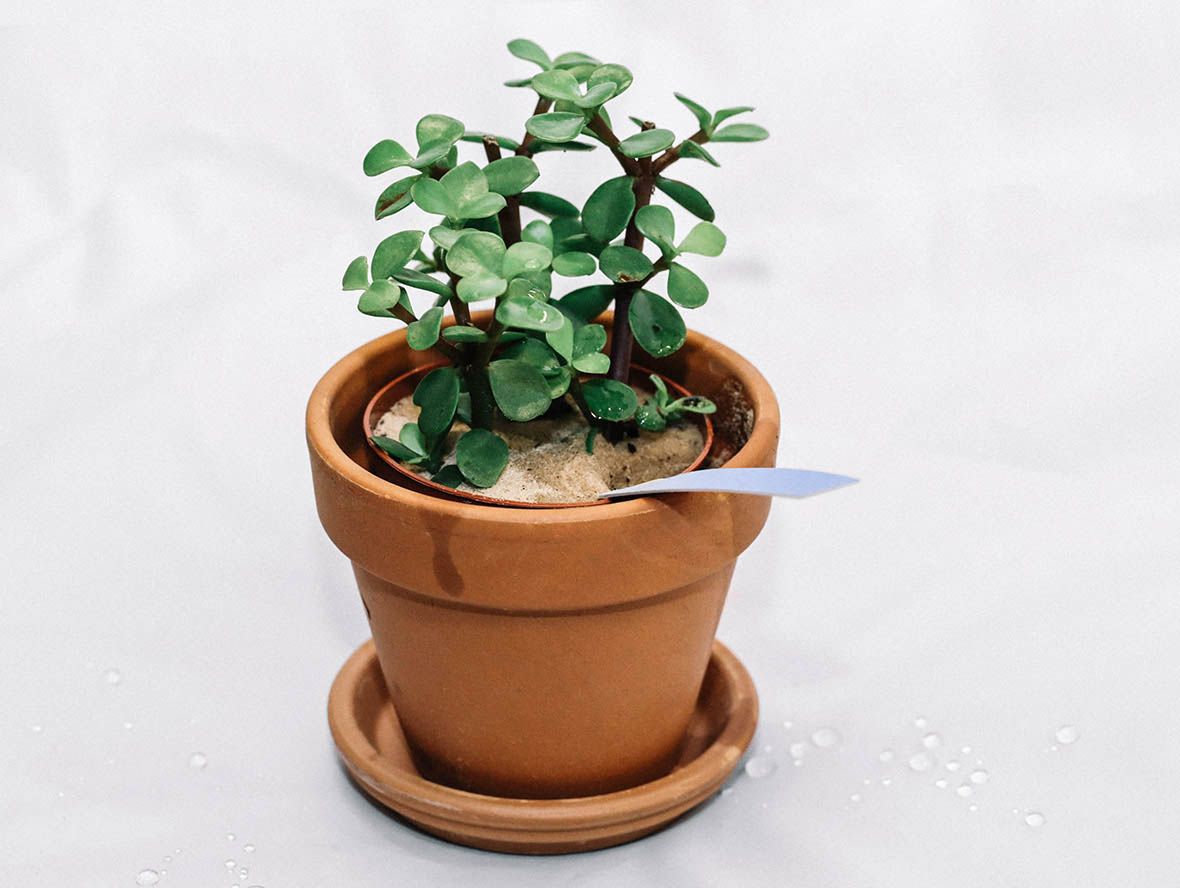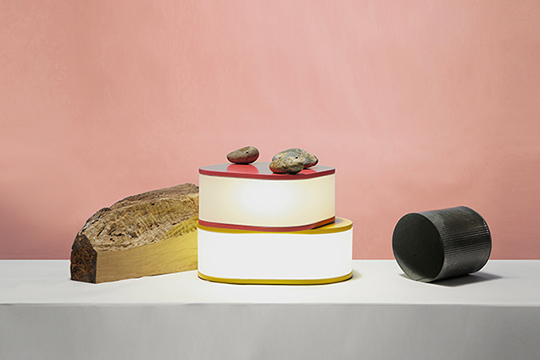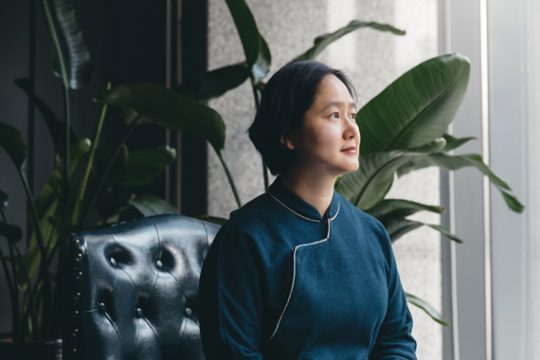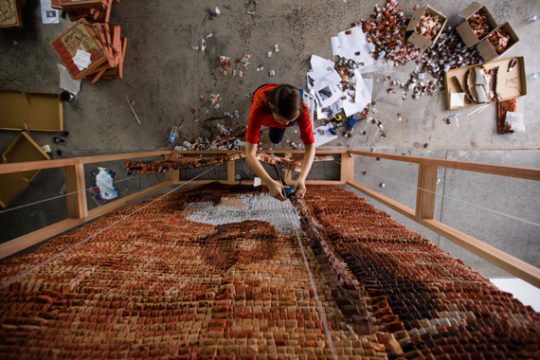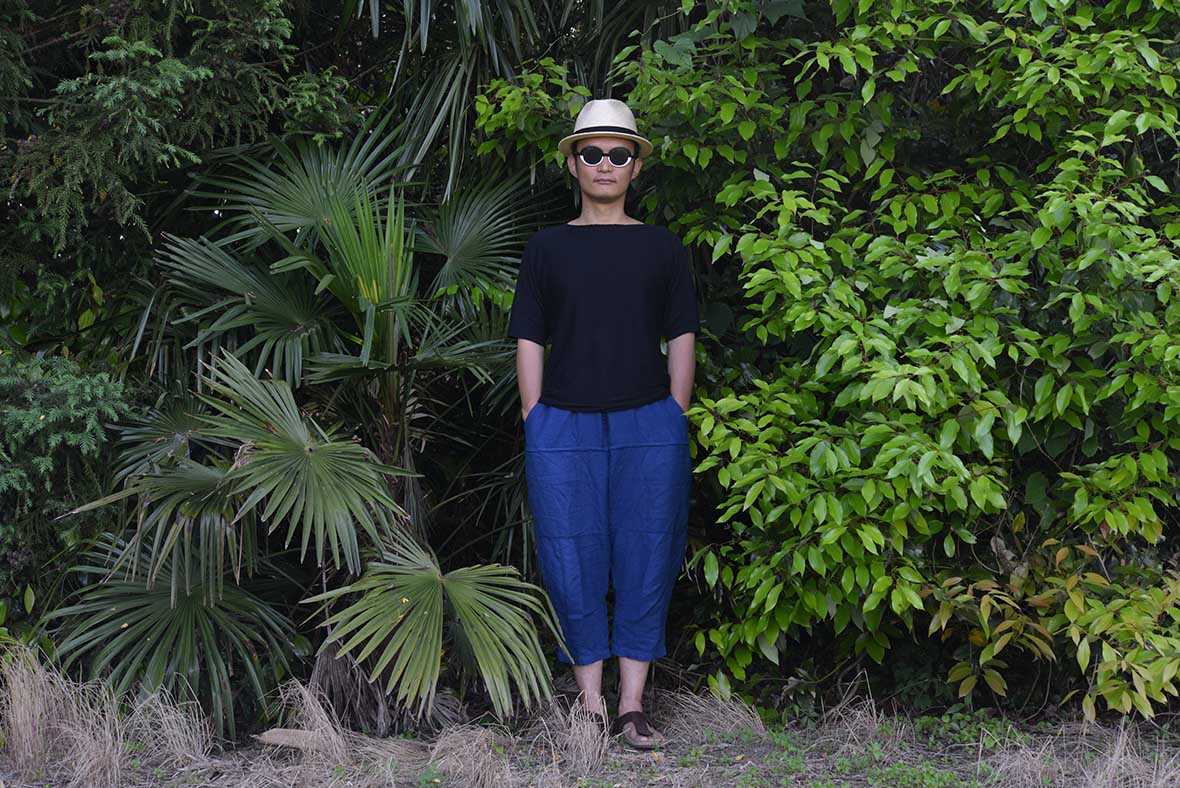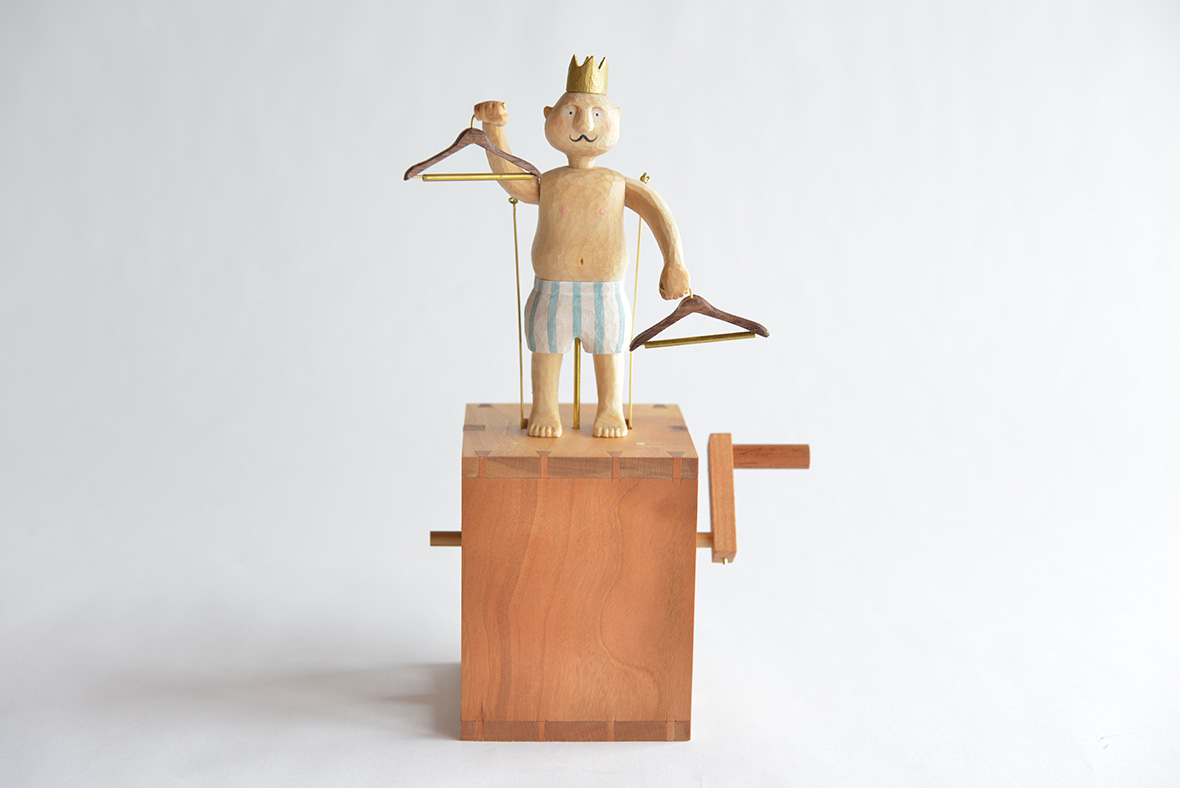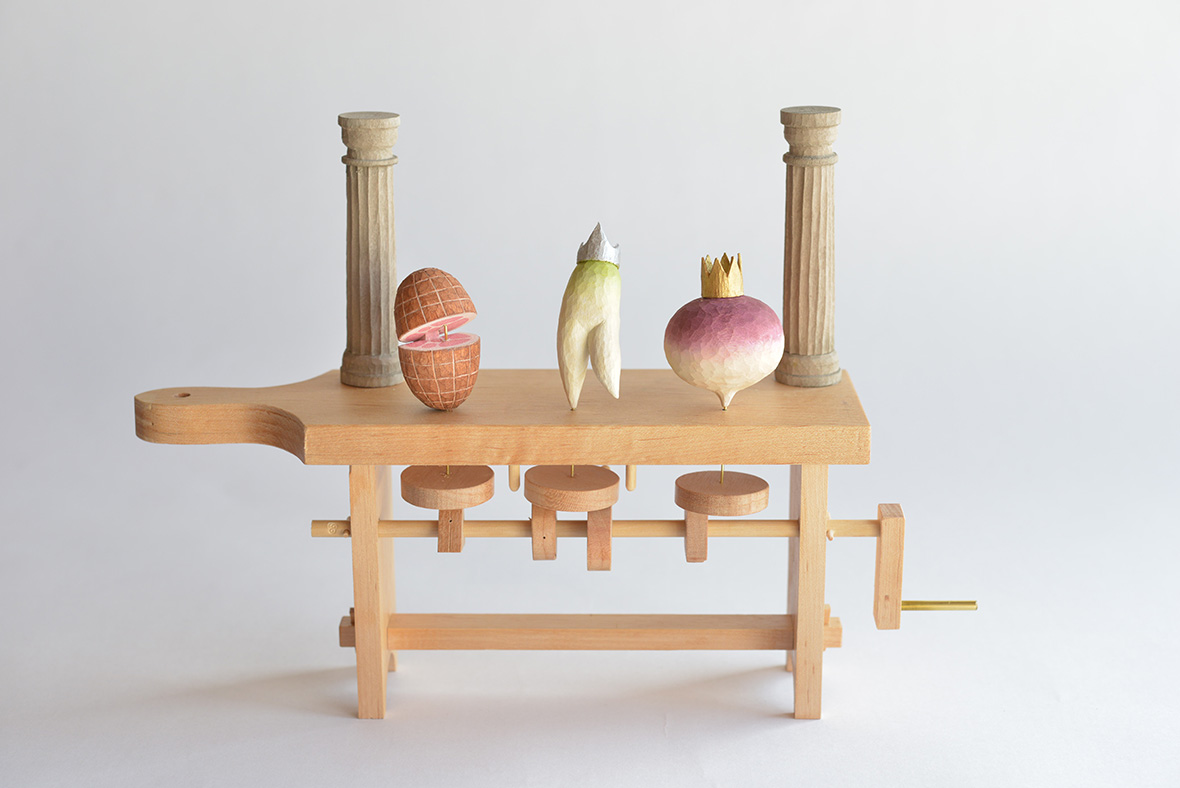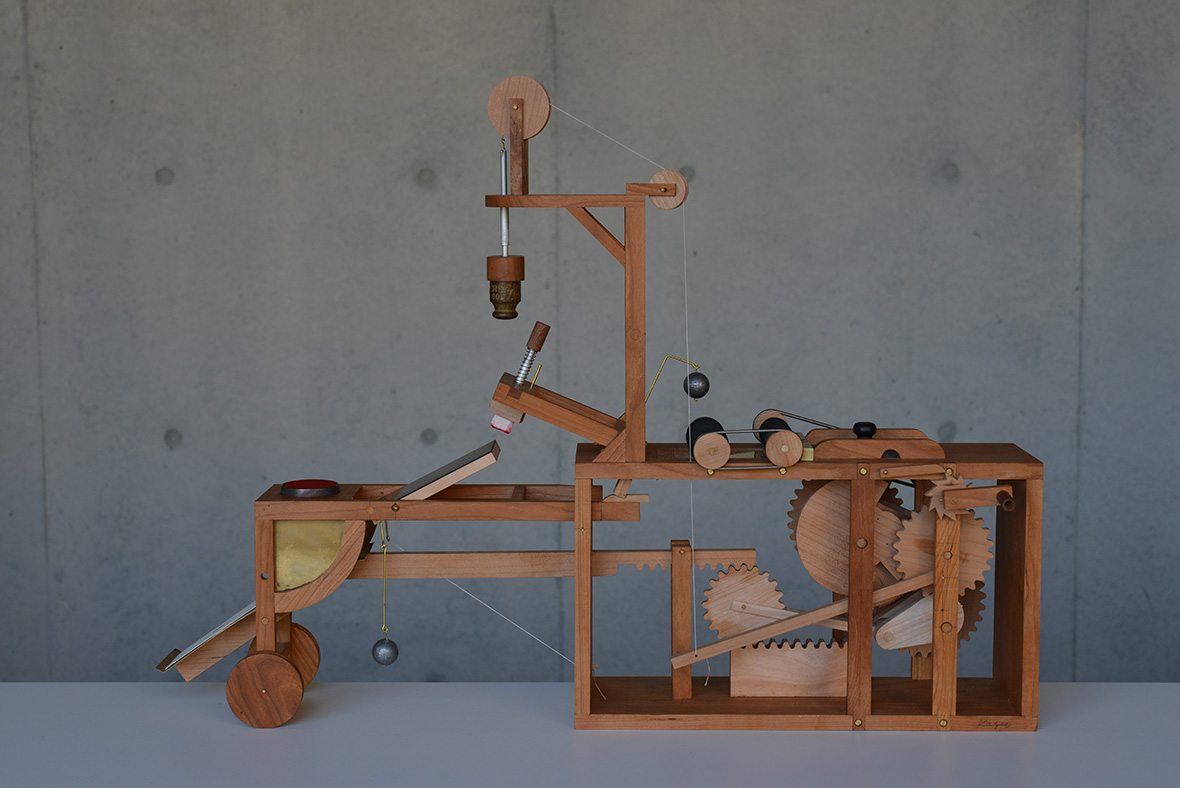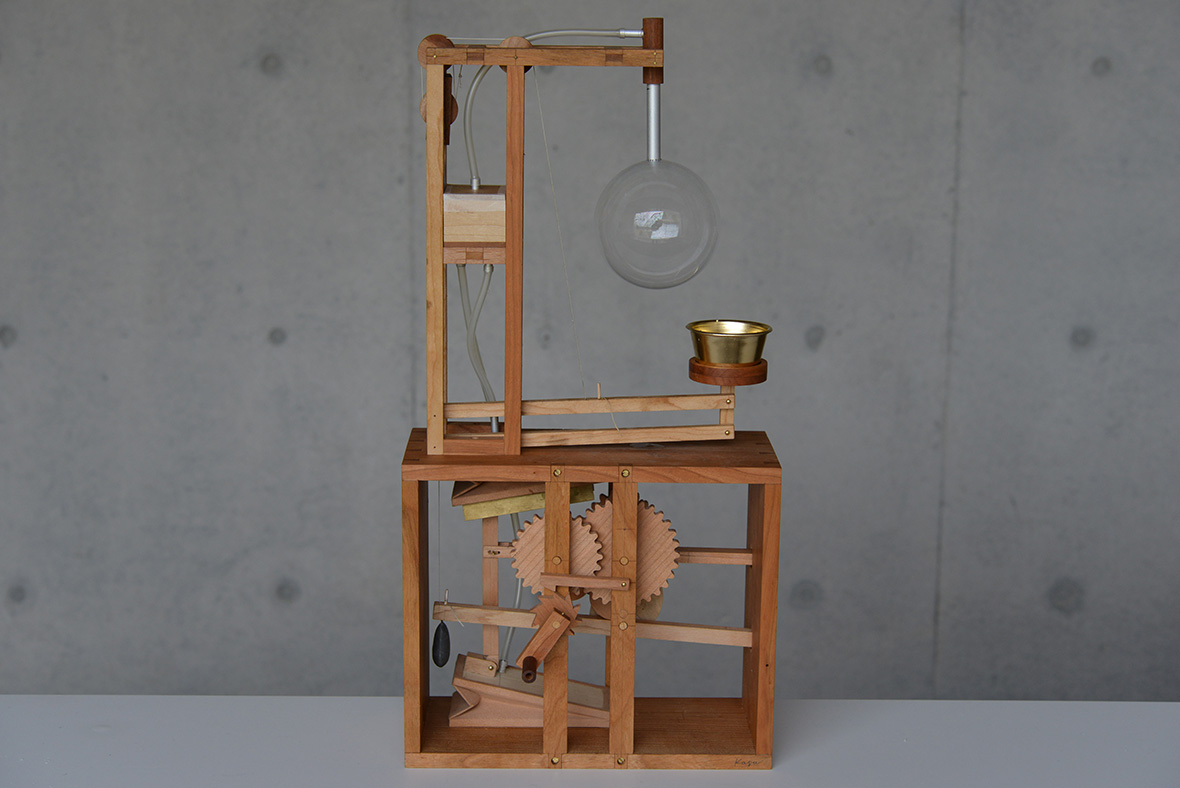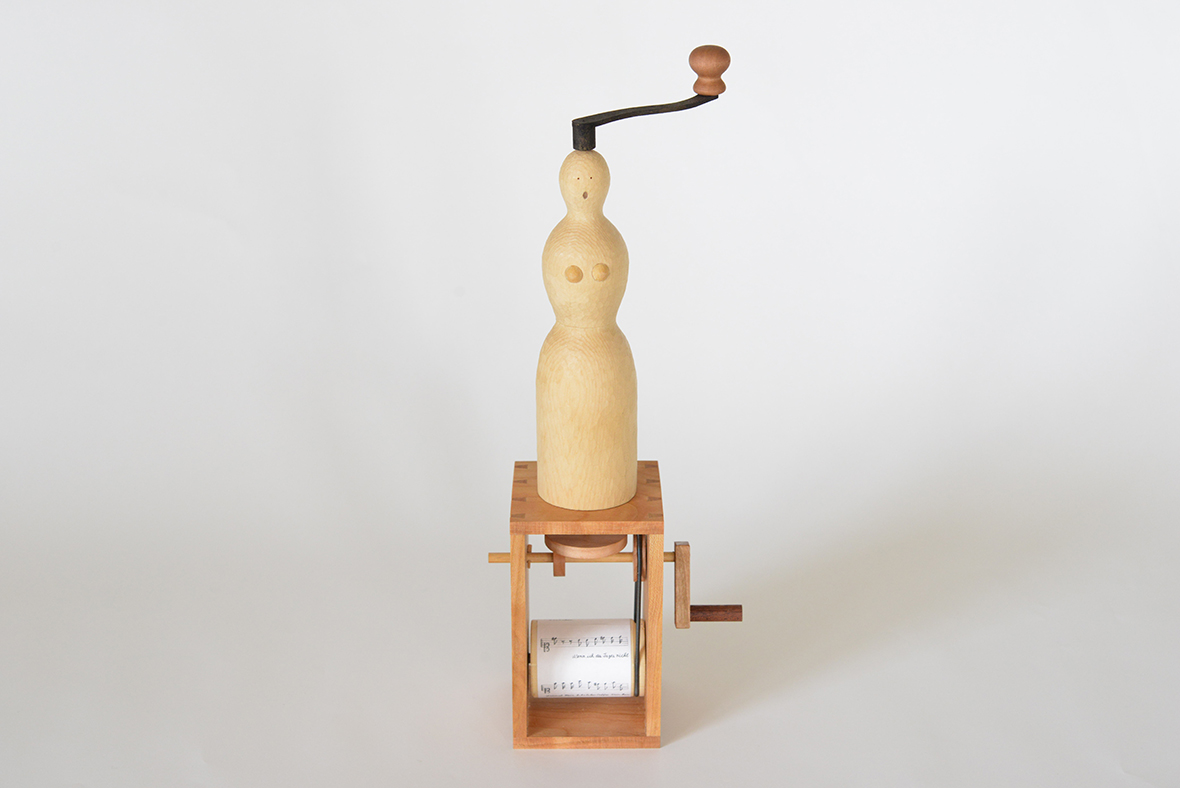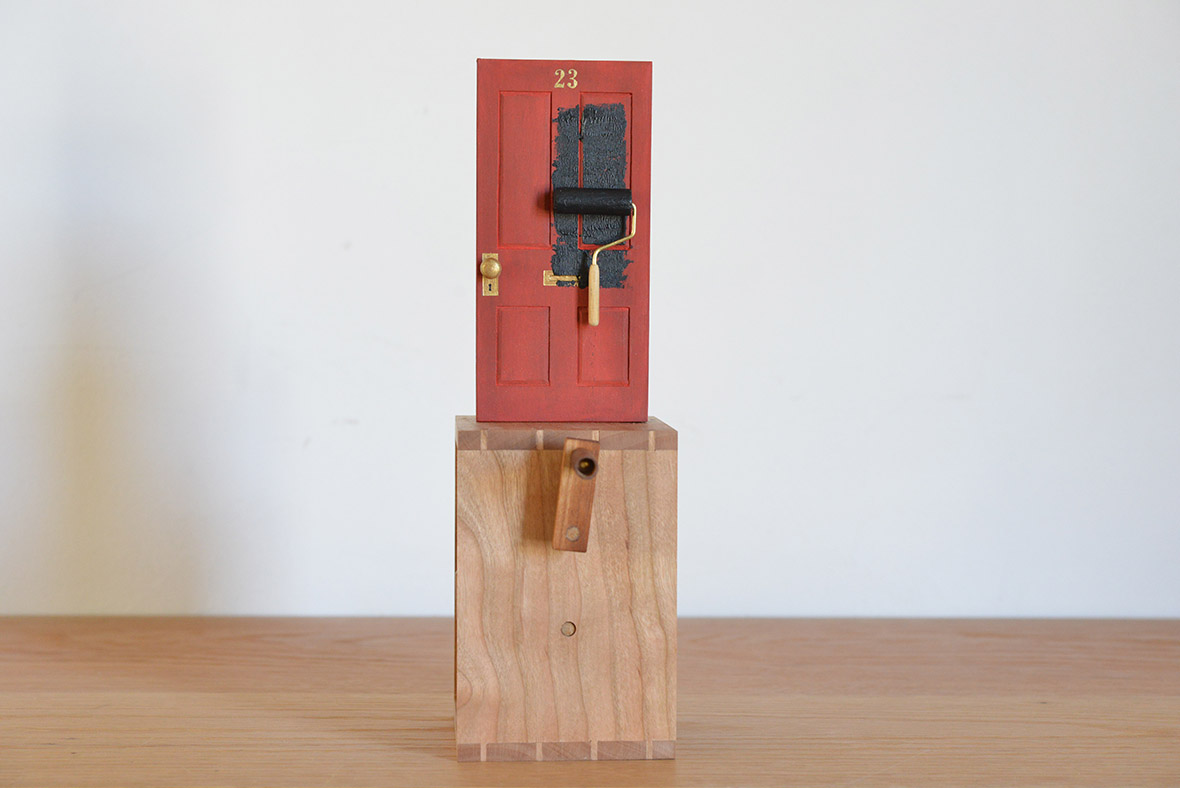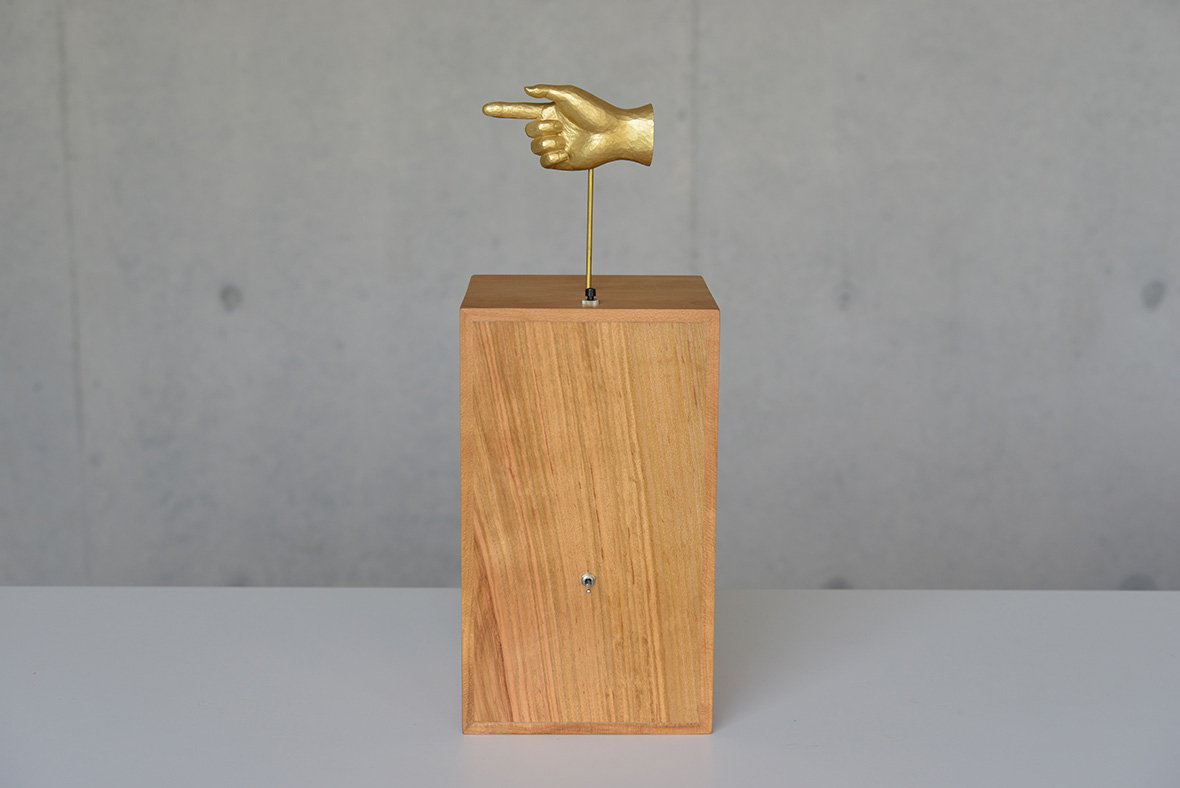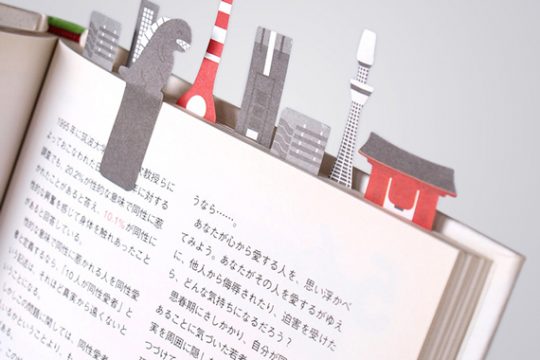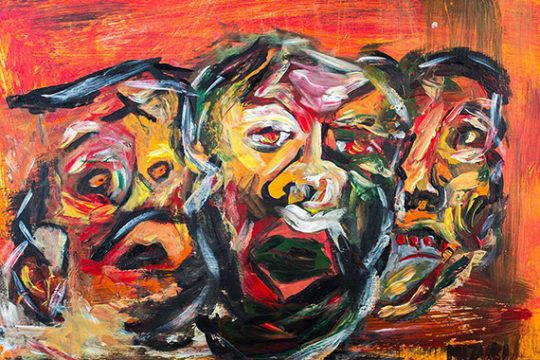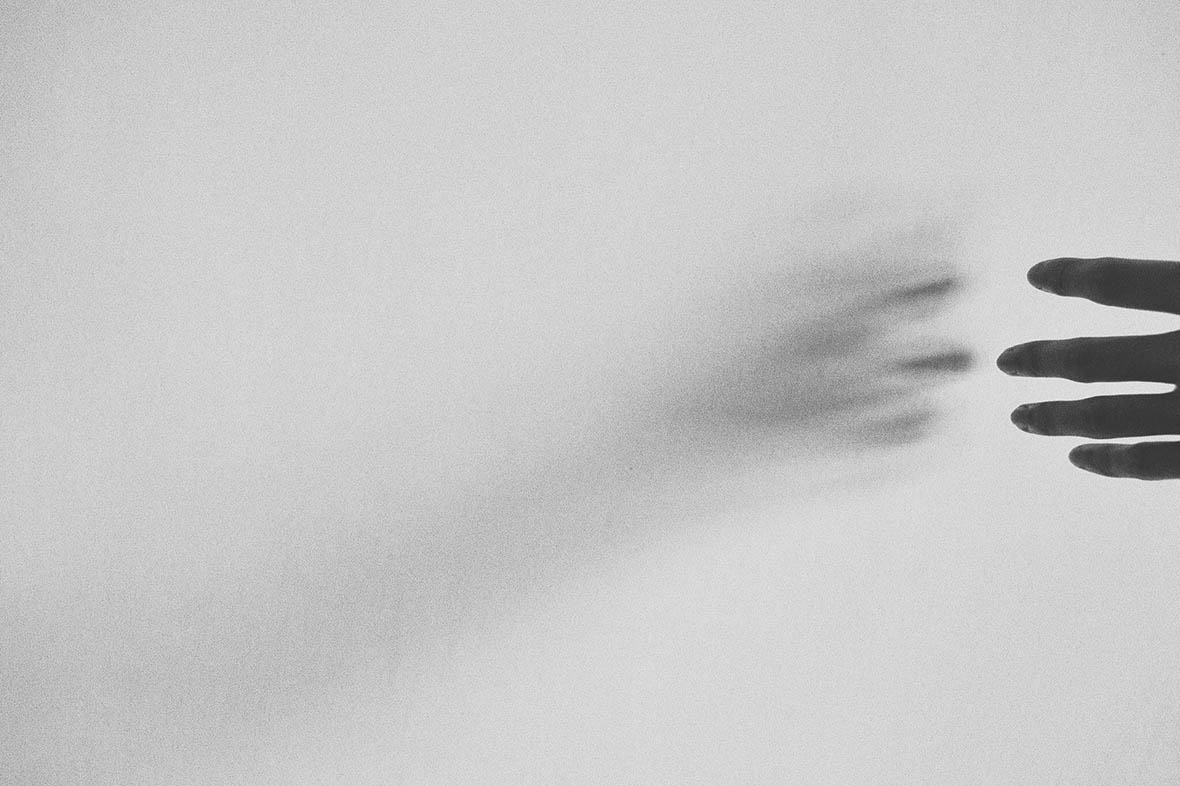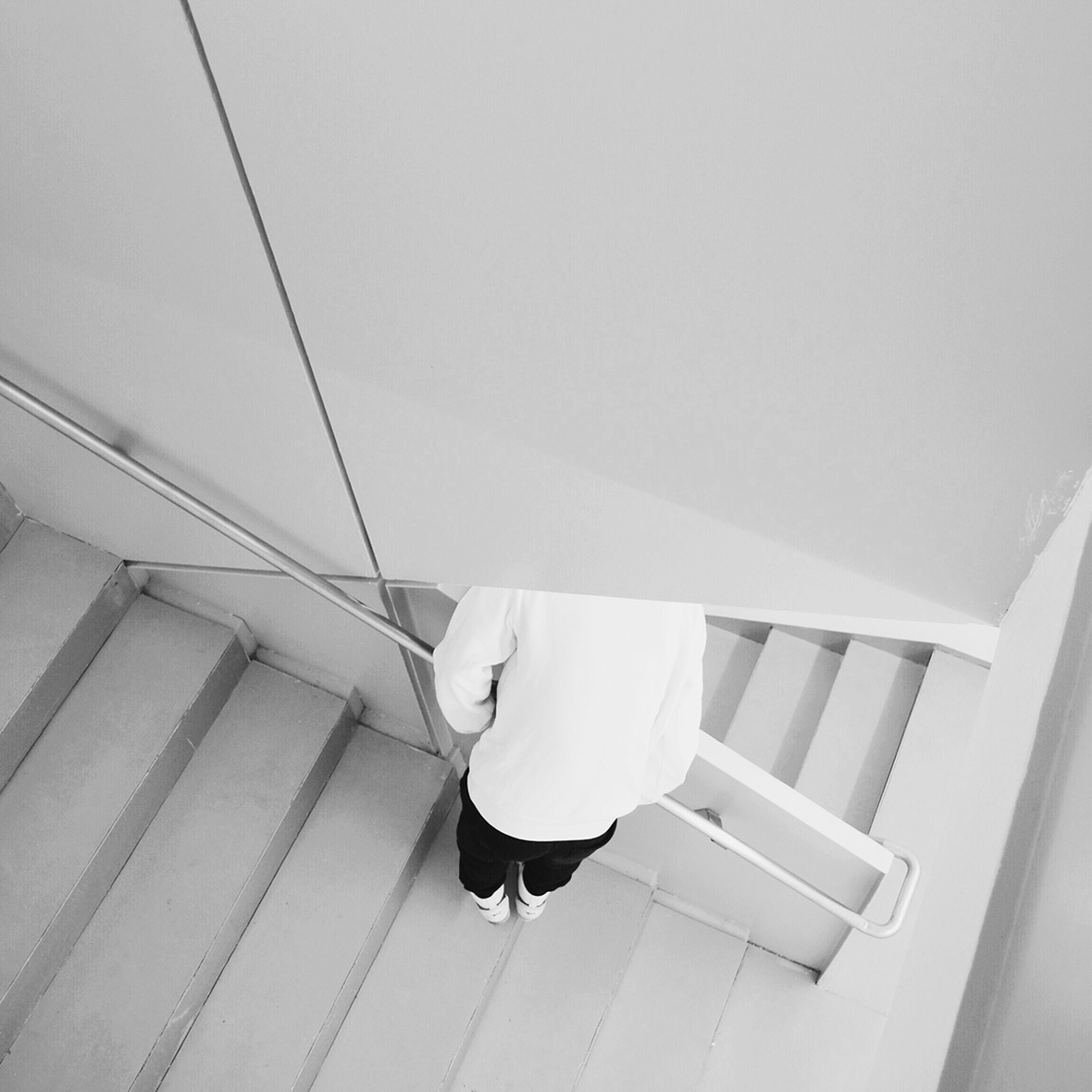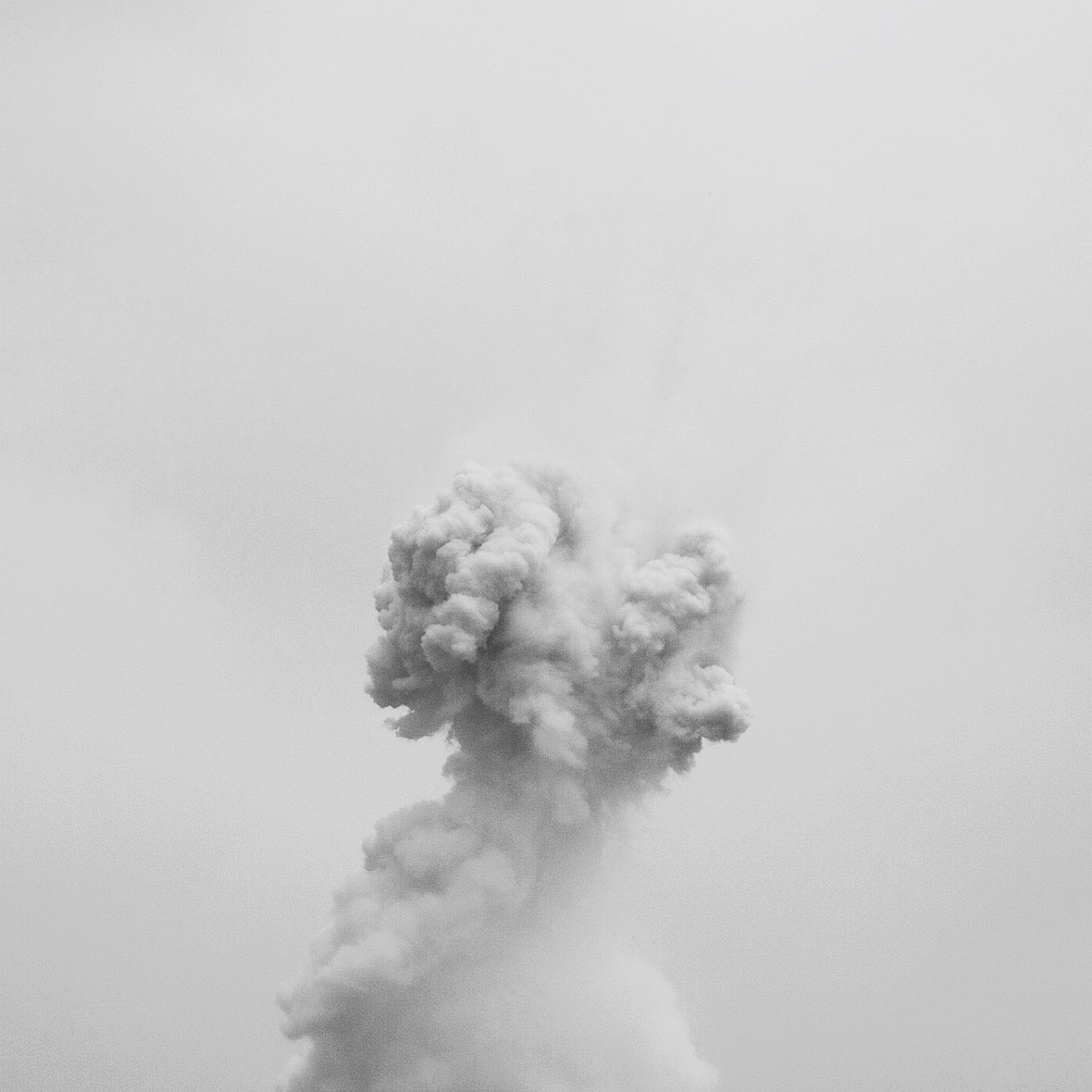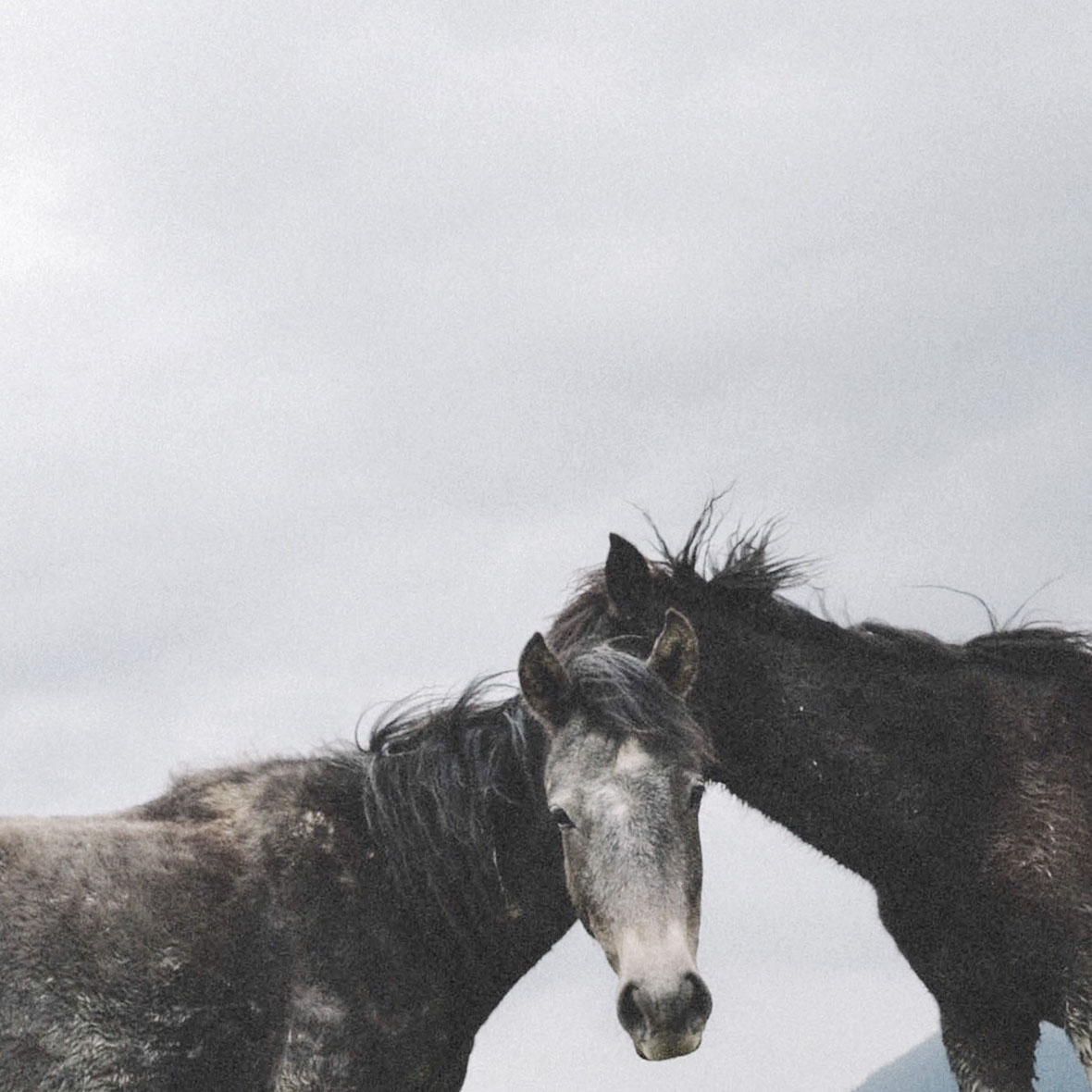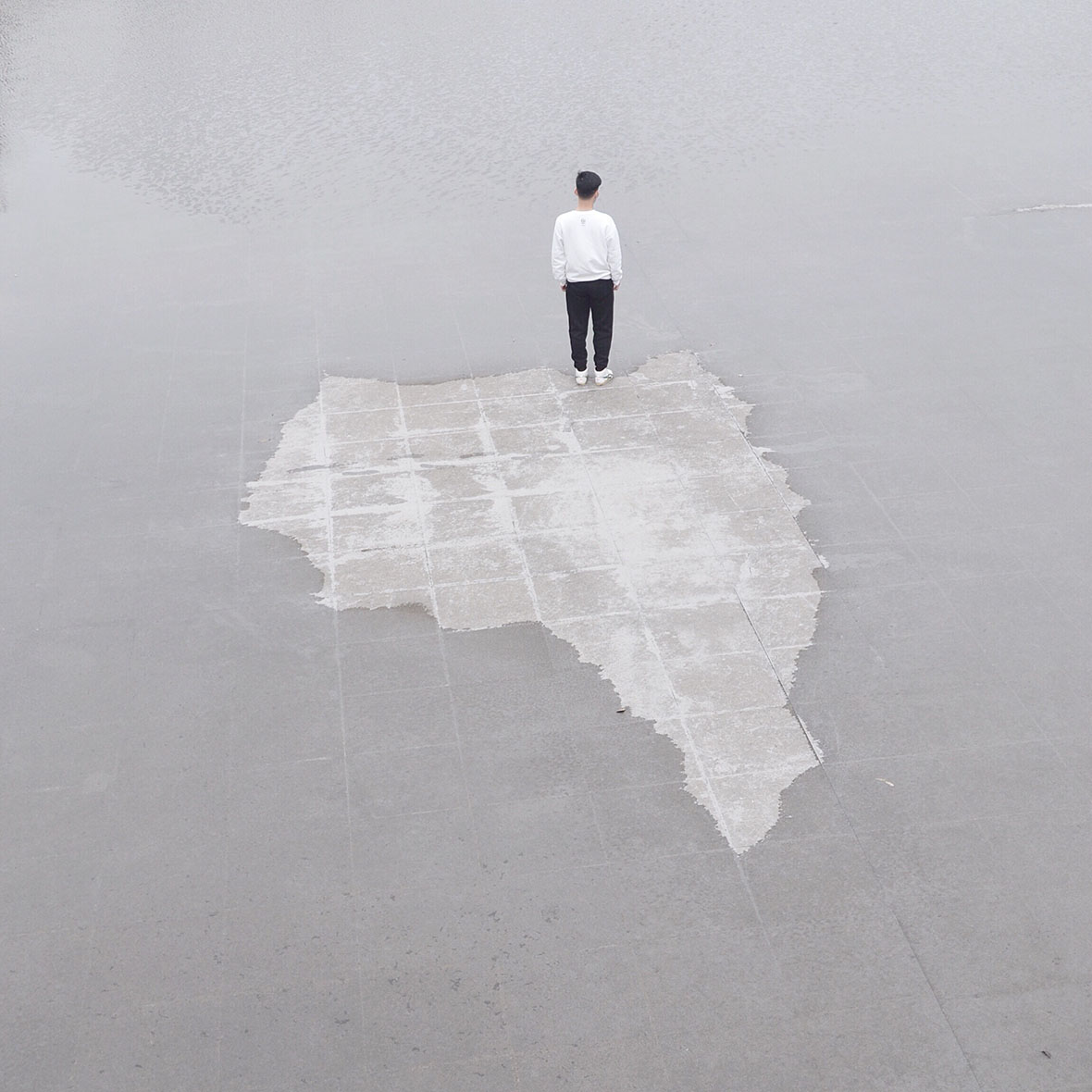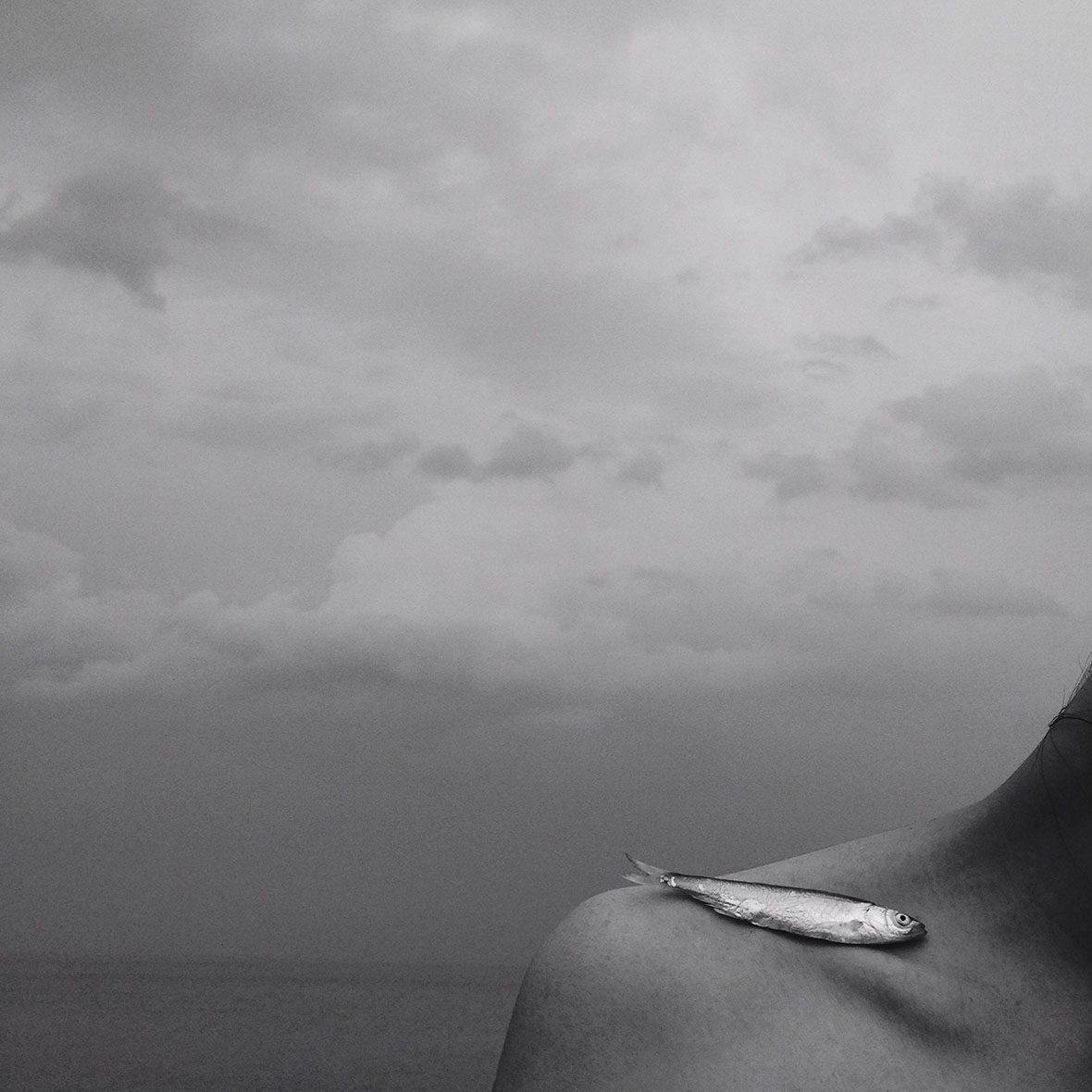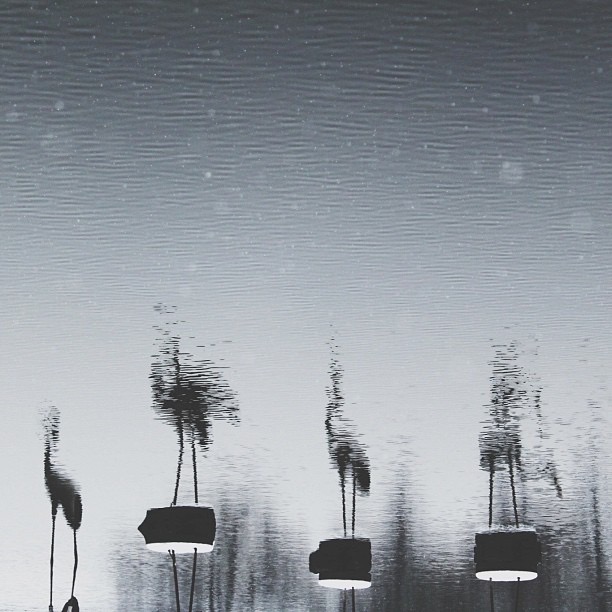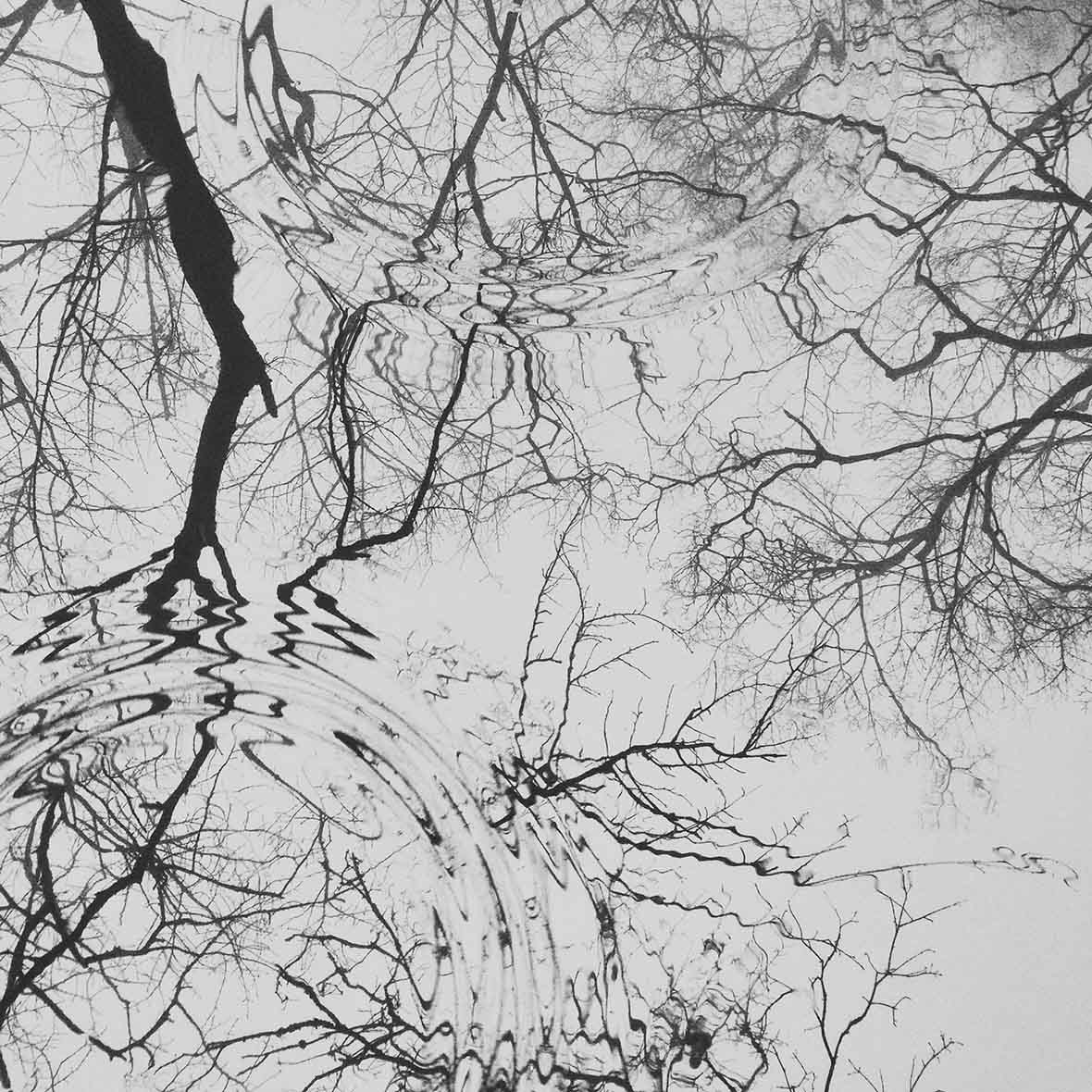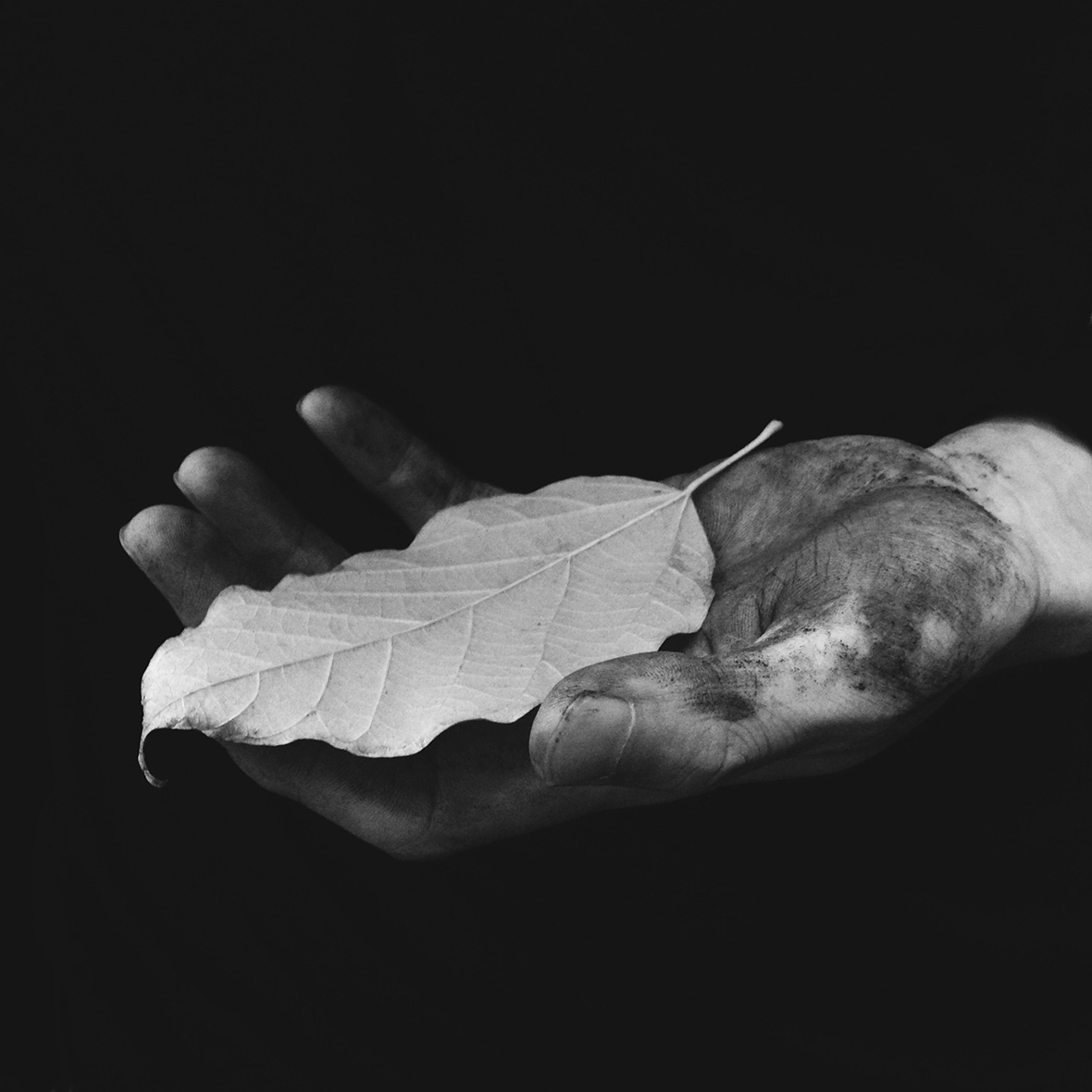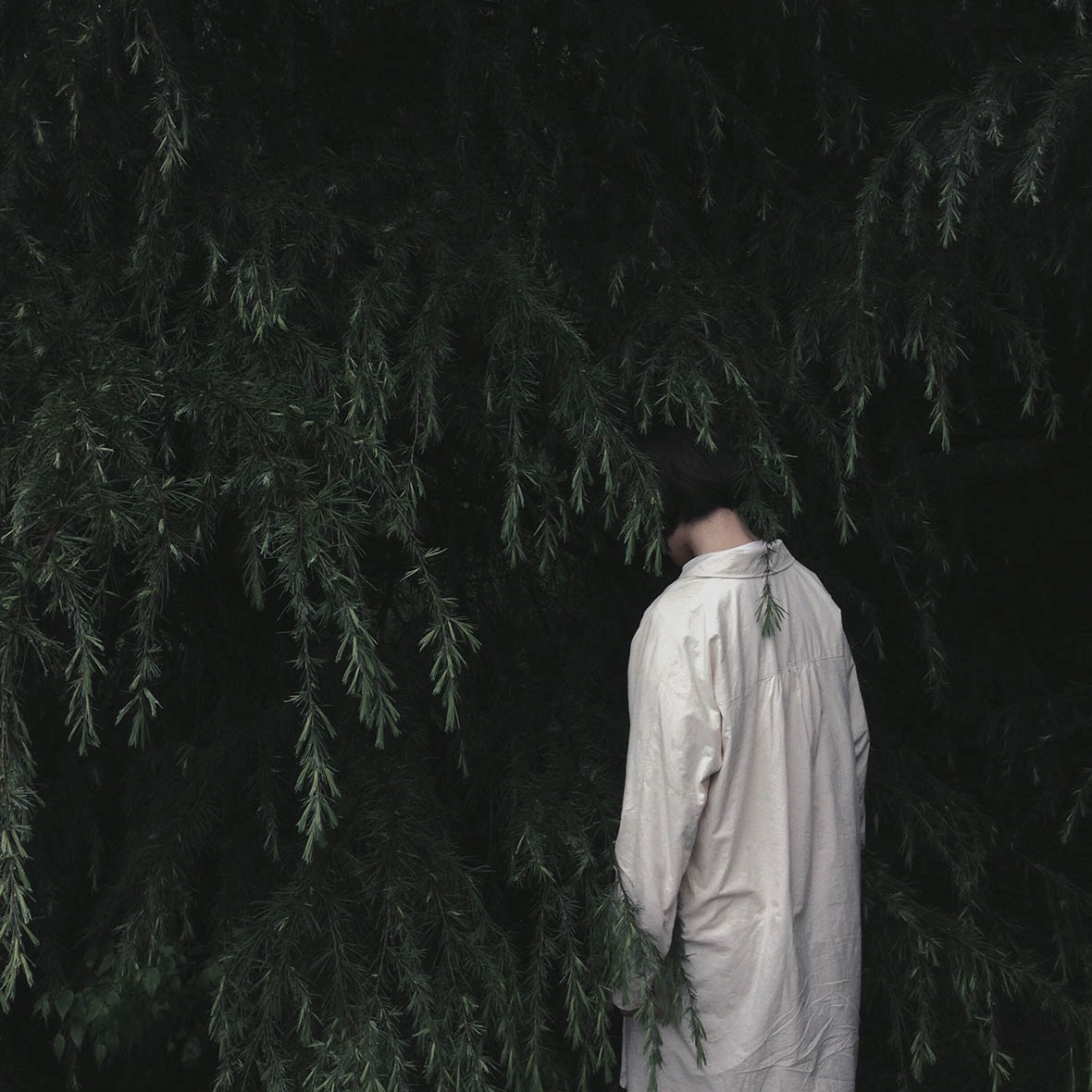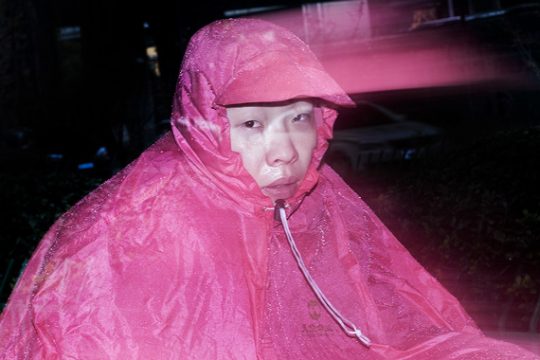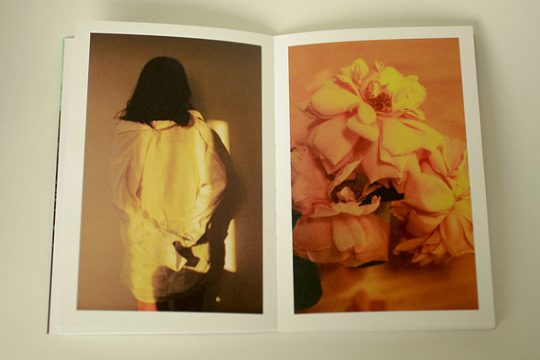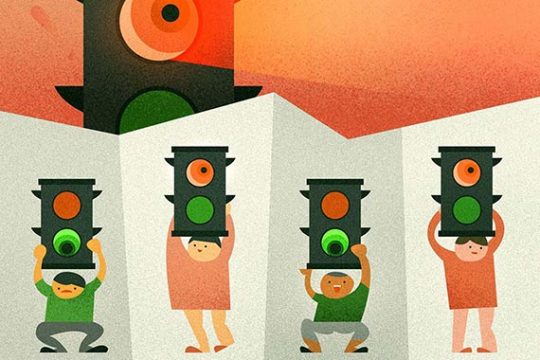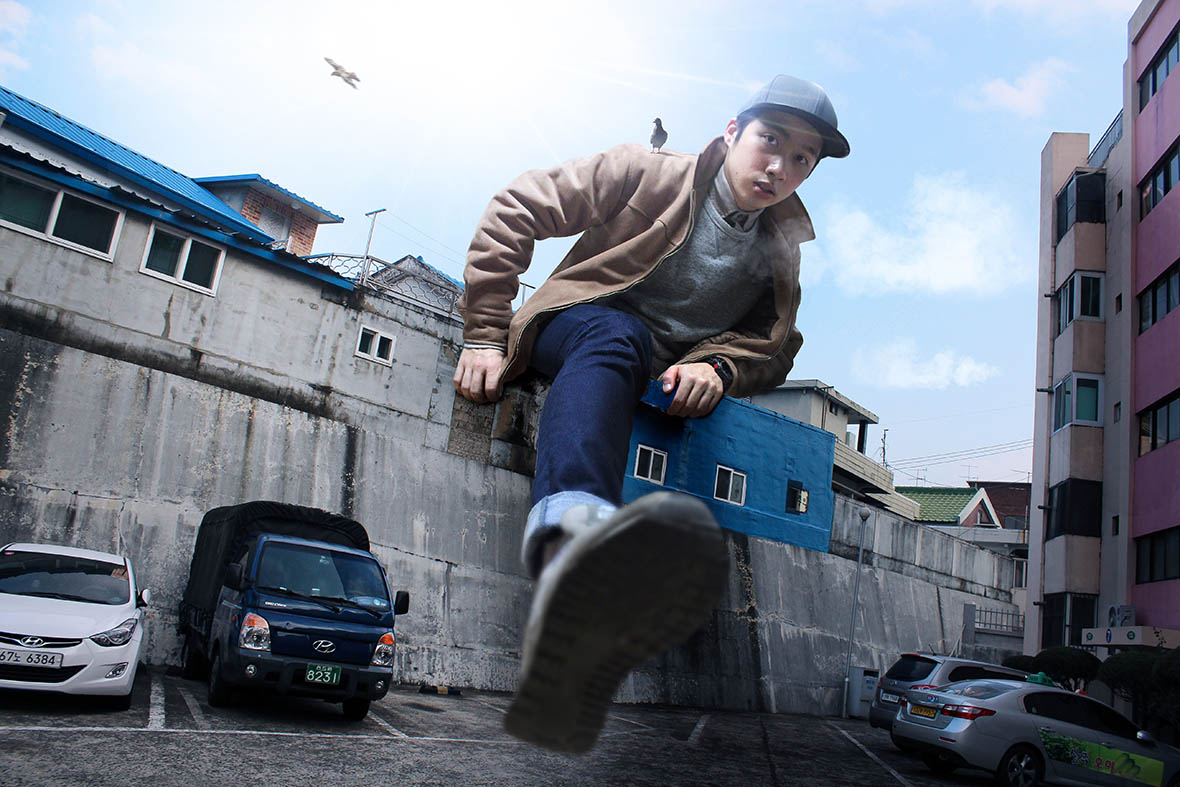
Lee KiTaek transforms the image of an ordinary residential complex into a South Korean adaptation of the legendary Gulliver’s Travels. “Giant Jumping the Wall”, as the image is called, is still one of Lee KiTaek’s favorite and most well-known photographic works.
이기택은 평범한 주거 단지 이미지를 전설적인 걸리버 여행기의 한국 버전으로 바꾸어 놓았다. “벽을 뛰어넘는 거인”은 본인이 제일 좋아하고 또 가장 잘 알려진 이기택의 사진 작품이다.
While still in his second year of studying industrial design at Yeungnam University, Lee KiTaek first became inspired by the surrealist works of Swiss photographer Erik Johansson. Thus began his creative exploration into surreal photography, as well as his own personal exploration into the depths of his imagination.
이기택은 영남대학교 산업디자인학과 2학년 때 스위스 사진작가 에릭 요한슨의 초현실주의 작품에서 영감을 받았다. 이후 그는 초현실주의 사진을 창의적으로 탐구하면서 자기 상상 깊은 곳도 탐구해 왔다.
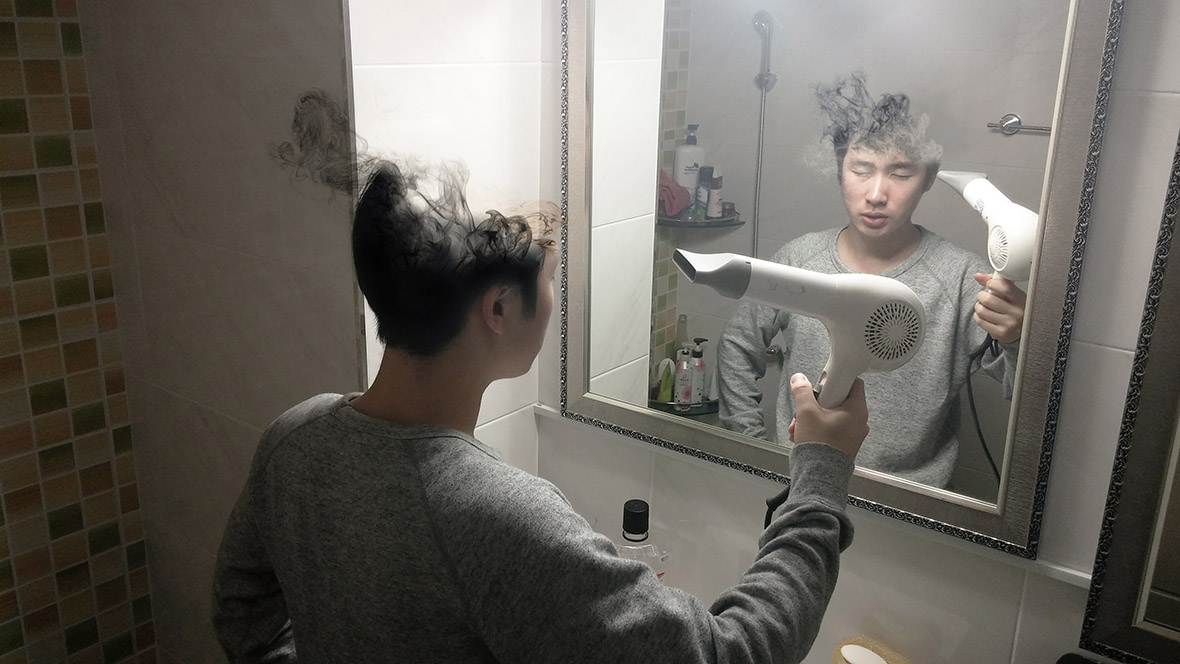
Usually working in and around his neighborhood, Lee KiTaek uses only a tripod and a cell phone camera to capture his images, which are then processed and manipulated in Photoshop. He often appears in his own works, further giving his images the feel and texture of an ordinary photo one might find from social media. However, his surrealist themes and quirky storytelling make these images anything but ordinary.
보통 자기가 사는 동네나 그 근처에서 작업을 하는 이기택은 삼각대와 휴대폰 카메라로 사진을 찍은 후 Photoshop으로 이후 작업을 한다. 때때로 작가 본인도 사진에 등장해서. 소셜 미디어 사진 같은 느낌과 질감을 주기도 한다. 그러나 이기택의 초현실주의 테마와 유별난 스토리텔링은 그의 사진을 절대 평범하지 않게 한다.
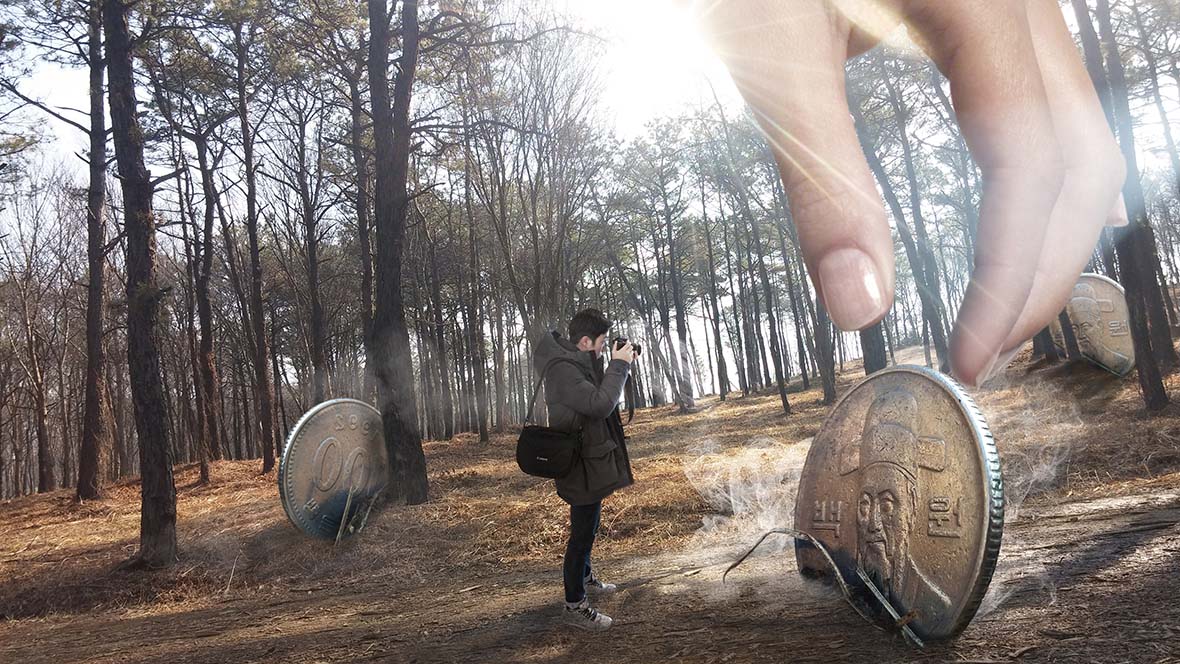
KiTaek always likes to stay curious and tends to fill his spare time with traveling and photography. He uses drawing as a way to record his spontaneous thoughts. Viewing his work as a collaborative process, he often consults with friends for their creative input. Instead of seeking praise, he believes that learning from different perspectives and criticism are paths towards greater knowledge.
이기택은 항상 호기심을 유지하면서 여가 시간을 여행과 사진에 쓴다. 그는 자신의 즉흥적인 생각을 기록하는데 그림을 쓴다. 이기택은 사진 작업을 협력 프로세스로 보므로 친구들로부터 창의적인 아이디어를 얻기도 한다. 이기택은 나와 다른 관점과 비평으로부터 배우는 것이 칭찬을 받는 것보다 더 큰 지식을 향해 가는 길이라고 생각한다.
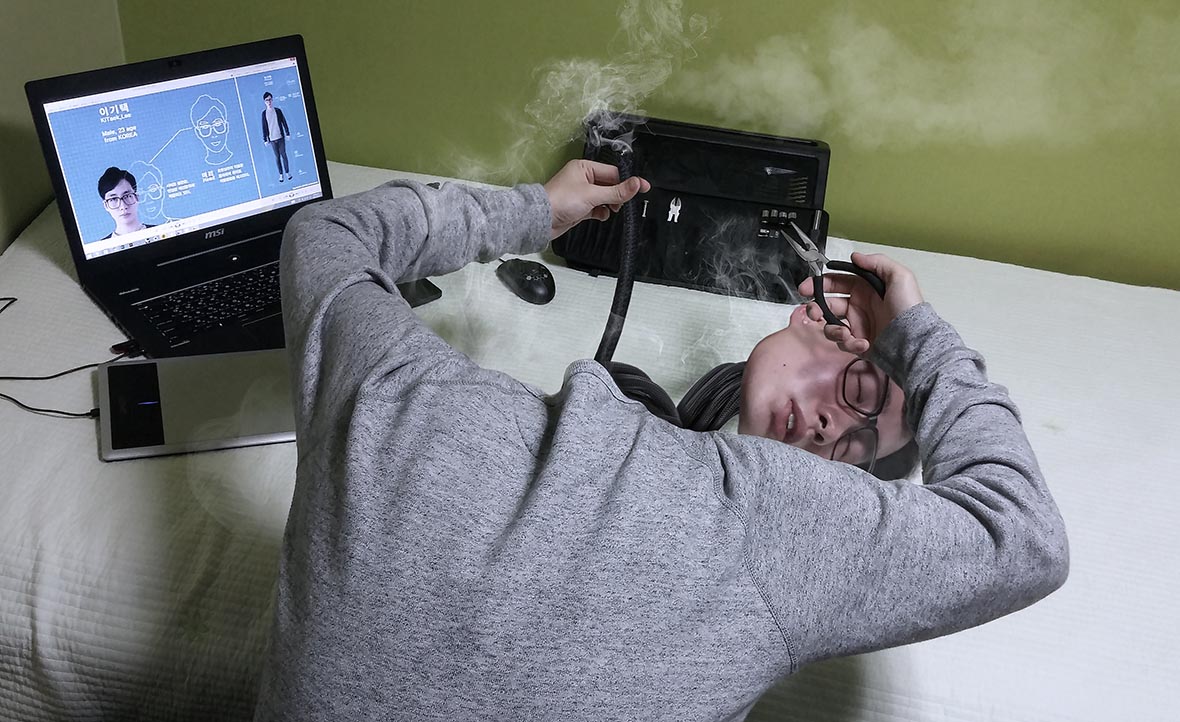
He has also recently started to experiment with making surrealist videos. Lee KiTaek hopes that his work can help others to expand their own imaginations.
최근 이기택은 초현실주의 동영상 작업도 시작했다. 그는 사람들이 자기 상상력을 넓히는데 자기 작품이 도움이 되기 바란다.

